|
Well, it seems to be a time for reckoning. Best-of-the-decade lists by comics critics and fans have popped up all over these past couple of months. I'll repeat what has already become a truism: that for comics in North America, the 2010s were a decade of real change and outward expansion. For a number of overlapping reasons, I think—including the explosive growth of original graphic novels for children and young adults, the vitality of webcomics, the overdue recognition of marginalized readers and creators, the continuing ripples of the early-century manga boom, the visibility of comics adaptations in the wider culture, and the further flowering of small-press art comics and comics by interdisciplinary artists—the comics field has blown wide open, in a very encouraging way. It's dizzying for this longtime observer, but delightful too. The future has become hard to predict, and that's good. (See this piece by Rob Salkowitz on comics industry trends of the past decade.) The best-of-decade lists I've found most interesting and useful are:
All of the above are worth bookmarking in perpetuity; I'll be using them as guides for a long time. My own list, consisting of fifty beloved comics from the past decade, is below. I tried designating a Top Ten here, but cripes that’s hard—so, fifty. Sorry! Reflections: Best-of lists are a troublesome genre. They tend to be driven this way and that by competing if not contradictory agendas, including social, aesthetic, and industrial ones. There's a tendency to spotlight books for their influence on comics publishing, their sheer popularity, and the representational milestones they represent as well as sheer artistic quality. That's unavoidable, and also not bad; it's good to see comics highlighted for those reasons. For example, no accounting of the past decade in comics would be complete without recognition of Raina Telgemeier, who has been rightly dubbed the US comics industry person of these past ten years. My own list here is of course quirky, a mashup of popular and critical successes as well as left-of-field personal choices. Many (more than a dozen) are books I've taught, since my teaching constantly intertwines with my private comics-reading. Some are books that I expect will have great influence, going forward. I should admit that only about a quarter of them hit KinderComics’ sweet spot, that is, comics aimed at children or young adults. I like reading all sorts of comics, and I like putting young readers' comics in that larger context. One caveat, regarding the narrowness of my choices. Though I read translated manga fairly often, and increasingly I'm reading and teaching webcomics, those fields are either unrepresented or badly under-represented here. I used to think that I knew translated manga well, but that was many years ago; I am somewhat out of touch, and struggling to get back up to speed (thanks to my daughter Nami for helping with that). The sheer volume of manga to choose from has been daunting! As for webcomics, I've long resisted reading for pleasure onscreen for more than a few minutes at a time, but I've been working to change that. This past year I've learned a lot about webcomics, thanks to my teaching, but I must admit I don't yet feel expert in that area. All this is to say that my bullseye continues to be long-form comics storytelling in print, with a bias toward work originally published in English. Art-comics readers may detect my resistance to comix brut, primitivism, and deskilled comics (though see what Kim Jooha has to say about that); I suppose I tend to favor accessible storying delivered with high levels of obvious craft. But come back in a year and see what I have to say about all this! :) The books below are alphabetized by title. Clicking on a book's image will take you to its publisher's site. I wish I could do a write-up on each one of these excellent comics, but alas the new semester has started, and I have to leapfrog into other business. Happy reading! We are indeed living in a golden age of independent, artistically aspiring, aesthetically diverse comics, and that gives me joy.
1 Comment
Graphic novels for children and young adults continue to make inroads. Read on! This past Monday, Jan. 27, the American Library Association (at its Midwinter Meeting in Philadelphia) announced the winners of its Youth Media Awards for 2020. These include the fabled Newbery Medal, the US's oldest literary prize for children's literature (awarded since 1922), the Caldecott Medal, the US's top prize for picture book art (1938-), the Coretta Scott King Book Awards for African American-focused literature (1969-), the Michael L. Printz Award for young adult literature (2000-), and numerous other prizes. This year, for the first time, a comic has won the Newbery: Jerry Craft's graphic novel New Kid (HarperCollins), which also won the Coretta Scott King (Author) Book Award (and had already won a 2019 Kirkus Prize for Young Readers’ Literature). The reception of New Kid, as New York Times reporter Concepción de León puts it, "reflects changing attitudes about the literary merits of graphic novels" (though interestingly, some others, such as NPR's Colin Dwyer, have not even remarked that New Kid is a comic). Besides New Kid, a number of other comics were recognized with awards or honors this year by the ALA and its affiliate organizations. I've identified them below. Readers, please forgive me for concentrating on just comics and comics-adjacent titles here; I of course urge you to check out the ALA's full list of winners, which is long, rich, revealing, and encouraging! This year's recipients of the Sydney Taylor Book Award for Jewish-themed children's and young adult literature (awarded since 1968 by the Association of Jewish Libraries) included Middle Grade winner White Bird: A Wonder Story, a graphic novel by R. J. Palacio, with finishes by Kevin Czap (Knopf). This year's Asian/Pacific American Award for Children's Literature (awarded by the Asian/Pacific American Librarians Association since 2001) went to the superb graphic novel Stargazing, by Jen Wang (First Second). This year's Asian/Pacific American Award for Young Adult Literature (also awarded by the APALA, of course) went to the graphic history/memoir They Called Us Enemy, written by George Takei, Justin Eisinger, and Steven Scott and drawn by Harmony Becker (Top Shelf/IDW). This year's Alex Awards for the ten best adult books "that have special appeal to young adults" (awarded since 1998 by the Young Adult Library Services Association) included both Maia Kobabe's graphic memoir Gender Queer (Lion Forge/Oni Press) and AJ Dungo's graphic memoir/history In Waves (Nobrow). Mariko Tamaki and Rosemary Valero-O'Connell's graphic novel Laura Dean Keeps Breaking Up with Me (First Second) won a Michael L. Printz Honor. Cece (El Deafo) Bell won a Theodor Seuss Geisel Honor for her graphic early reader Chick and Brain: Smell My Foot! (Candlewick Press). (The ALA established the Geisel Award for outstanding American book for beginning readers in 2004.) The American Indian Youth Literature Award (awarded by the American Indian Library Association since 2006) this year recognized as a Young Adult Honor book the graphic novel Surviving the City, Vol. One (Highwater Press), written by Tasha Spillett (Nehiyaw-Trinidadian) and drawn by Natasha Donovan (Métis Nation British Columbia). I also want to single out a title Honored by the American Indian Youth Literature Award in the Picture Book category, At the Mountain’s Base (Kokila/Penguin), written by Traci Sorell (Cherokee) and illustrated by Weshoyot Alvitre (Tongva/Scots-Gaelic). This book does remarkable things to the design of page and opening, using drawn threads to separate some spreads into sequences of panels. It's a captivating picture book: I've always thought of picture books as part of this blog's focus. Let me briefly mention some comics-adjacent picture books honored this year: Artist Duncan Tonatiuh has created a number of graphic books in a distinctive style inspired and informed by Mixtec codices, among them the accordion-fold Undocumented: A Worker's Fight (Abrams, 2018). Without presuming to claim Tonatiuh's work for "comics," I'd say that his books fascinate me as (distinct from yet undeniably) related to the young reader's graphic novel. The Pura Belpré Medal for outstanding Latinx work for young readers (awarded since 1996 by the Association for Library Service to Children and by REFORMA, the National Association to Promote Library and Information Services to Latinos and the Spanish-Speaking) has often honored his work. This year Tonatiuh earned Honors for Soldier for Equality: José de la Luz Sáenz and the Great War (Abrams). Also recognized as a Belpré Honor Book this year was ¡Vamos! Let's Go to the Market, a picture book by artist Raúl The Third, known for his comics work, particularly the Lowriders graphic novel series (with writer Cathy Camper). I see many connections among this year's honorees. ¡Vamos! is part of the Versify imprint at Houghton Mifflin Harcourt curated by poet Kwame Alexander, author of The Crossover and related verse novels, which have had a terrific impact. Kwame Alexander and Kadir Nelson's picture book The Undefeated, also part of Versify, joins New Kids as one of the most celebrated books of this year's ALA awards, winning the Caldecott Medal as well as the Coretta Scott King (Illustrator) Book Award and a Newbery Honor. Alexander seems to have an infinity for comics, by the way: The Crossover has been adapted into a graphic novel with artist Dawud Anyabwile, who also provided comics sequences for Alexander's Rebound (Anyabwile is known for Brotherman and the comics adaptation of Walter Dean Myers's Monster, among other projects). Graphic novels, viewed within children's and YA publishing, are part of a larger trend of formal experimentation that also includes, for example, verse novels and verse memoirs, a movement that of course includes Alexander and continues with this year's honorees Other Words for Home by Jasmine Warga (Balzer + Bray), a Newbery Honor Book, and Ordinary Hazards: A Memoir by Nikki Grimes (Wordsong), which received Honors from both the Printz and the Robert F. Sibert Informational Book Award (given by the Association for Library Service to Children since 2001). My CSUN colleague Dr. Krystal Howard, expert in the verse novel, Künstlerroman, and comics, is the person I need to talk to about all this! On the matter of formal innovation and multimodal storytelling, I have to mention artist Ashley Bryan's multimedia visual memoir Infinite Hope (Atheneum), which earned a Coretta Scott King Illustrator Honor. Collaging together photography, painting, drawing, and historical artifacts, Infinite Hope is a transporting, visually rich evocation of the artist's life and times. (This would be another great book to discuss with Krystal!) I note one other (by me) unexpected comics connection among this year's awards: the Odyssey Award for best audiobook for young people went to the audio adaptation of Jarrett Krosoczka's graphic memoir Hey, Kiddo (2018). And I see that there are also audio adaptations of Palacio's White Bird and Craft's New Kid. In all cases, these are audio performances by a full cast, not just a narrator. This is a trend I need to look into! Here's a sample of Hey, Kiddo in audio: All in all, the ALA Youth Media Awards for 2020 affirm how embedded graphic novels are in the children's and young adult publishing world, and how dramatically they have engaged the challenge of boosting inclusivity, diversity, and meaningful representation in that world. This continues to be a dizzying, promise-filled time for young readers' comics! One last note: comics-related or not, there are a few other honorees this year whom I must mention:
Such news!
This week my wife Mich and I are bound for the Modern Language Association (MLA) convention in Seattle, an outsize academic gathering that's been going on yearly in various cities since, oh, 1883. It's a professional whirlwind and a bit of a madhouse: the kind of event that requires making plans well in advance (even social plans take effort: you can hardly have lunch or coffee with a colleague without making arrangements way ahead of time). After all, the MLA is one of the largest, oldest, and best-known organizations in the profession, and now boasts some 25,000 members in a hundred countries. Why are we going? Well, I have two presentations to give. Both concern comics. Information below! Professionally, I'm most interested in the MLA's Forum for Comics and Graphic Narratives, a group founded by Hillary Chute in 2009 that has sponsored panels and other events annually since 2011 (I served on the forum's inaugural executive committee between 2010 and 2014). This is one of the more than 150 forums (organized by discipline, subject matter, period, and theory) that make up the MLA. I'm also invested in the MLA's Forum for Children's and Young Adult Literature, a long-lived community that I first experienced back in 1997 that has played a vital role in children's literature and childhood studies (and that has included many colleagues and friends of mine). This year the Forum for Comics and Graphic Narratives (whose current executive committee includes my colleagues Lan Dong, Margaret Galvan, Aaron Kashtan, Susan Kirtley, and Leah Misemer) is sponsoring two panels, one of which I am lucky enough to take part in: 325. Webcomics and/as Digital Culture 1:45-3:00pm, Friday, Jan. 10, 2020, Sheraton Grand Seattle, Willow A 1: Webcomics in India: Dissenting Voices at the Time of Hypernationalism Debanjana Nayek, Presidency U 2: Player versus Player? Redefining Gamer Identity through Thirty Years of Webcomics Anastasia Salter, U of Central Florida 3: Stonetossingjuice: Iterability, the Alt-Right, and the Webcomics of Online Culture War Bren Ram, Rice U 4: Connecting Queerly: Queer Webcomics and the Alternate Archive Misha Grifka-Wander, Ohio State U, Columbus Presider: Leah Misemer, U of Wisconsin, Madison 587. A Decade in Comics 3:30–4:45pm, Saturday, Jan. 11, 2020, Sheraton Grand Seattle, Willow A Description: On the tenth anniversary of panels sponsored by the MLA Forum for Comics and Graphic Narratives, established and emerging scholars reflect on the history, the present, and the future of the field of comics studies.
In addition, on Saturday evening, Jan. 11, starting at 7pm, the Comics and Graphic Narratives forum will be sponsoring an outside social event at the Fantagraphics Bookstore & Gallery, a hub of Seattle's independent comics culture, located in the Georgetown neighborhood (1201 S Vale St., Seattle, WA 98108). The event will include a signing by cartoonist Natalie Dupille, and refreshments will be served. Not to be missed if you're a comics lover anywhere near Seattle that Saturday night! Besides all this, I have the good fortune to be presenting in a special session outside of the Comics and Graphic Narratives forum: 500. Humanities in Five 12:00–1:15pm, Saturday, Jan. 11, 2020, Washington State Convention Center, 4C-4 Description: Scholars from different fields present their research in five minutes, aiming to do justice to the complexity of the research and at the same time to make its significance clear to a nonspecialist audience.
(I'll be calling my talk "Making Reading Strange Again, or, Thinking about Comics Literacy.") KinderComics readers may wish to know about all the work on this year's MLA program that relates to comics, children's literature, and/or childhood studies, not just within specific forums but across the convention as a whole. To that end, I recommend both the helpful list of comics-related presentations at the Comics and Graphic Narrative forum's website and the annual list of all children's literature, childhood studies, and comics-related activity at my colleague Philip Nel's website (compiled by Ramona Caponegro, Phil's colleague in the Children's and YA Literature forum). Since the MLA is a vast organization that does not usually publicize its proceedings outside of academia, it takes some sleuthing to find out what's going on within, but it's worth the effort! If you're interested in how comics studies have been received within this particular corner of academia, consider that, since its founding, the MLA Forum for Comics and Graphic Narratives has sponsored some twenty-five panels (not including this year's) and collaborated with various other MLA forums: Children's Literature; Age Studies; Autobiography, Biography, and Life Writing; Literature and Other Arts; European Literary Relations; 20th- and 21st-Century Comparative Literary and Cultural Studies; Speculative Fiction; Global Arab and Arab American Comparative Literary and Cultural Studies; and Medical Humanities and Health Studies. During that same period, the amount of comics studies activity at the MLA convention has varied, with somewhere between two and ten comics-focused panels occurring outside of the forum (in some cases sponsored by other forums, and in some cases organized as independent special panels outside of any forum). By my count, this year there will be five comics studies panels outside the Comics and Graphic Narratives forum. (Peak years of comics-themed activity outside the forum have included Seattle in 2012, with ten outside panels, Philadelphia in 2017, with seven, NYC in 2018, with six, and Chicago in 2019, with eight.) To put all this in perspective, this year's total MLA program includes almost 800 official events. It's huge. During this century, the convention has drawn, on average, some 7000 attendees or more, although the numbers have dipped in the past handful of years (peak attendance, circa 1992 to 2002, sometimes hit 10,000 to 12,000; last year's reportedly dipped below 5,000). This year, more than 3000 people are listed as officially participating in the convention program (and there will probably be many attendees not on the program). Within that context, comics studies may seem like a small thing, but in truth the MLA's Comics and Graphic Narratives forum has been an important beachhead for comics scholarship, as well as the first venue or launch point for a great deal of subsequently published research.
I’m late to this party, I know. By now, I’ve been arguing with best-of-year and best-of-decade lists for weeks. I gotta admit, keeping up with new comics (both those I choose to cover on KinderComics and many others) is a full-time gig that I don’t quite have “full time” for. Truth to tell, I’m still catching up with many talked-about books from this past year (e.g. work by Ebony Flowers, Molly Knox Ostertag, Frank Santoro, and Chris Ware). The patchiness of my reading matches the patchiness of this blog over the past year. Due to academic scheduling pressures, I published nothing substantial here between my best-of list for 2018 and late July. That was painful. I finally got in a few posts in the late summer, then returned more decisively in October, finishing out the year with a string of reviews that made me feel better. I had thought that I might need to shutter KinderComics entirely, but the sprint I was able to do late in the year has convinced me that I should stick around. Thank goodness. I love doing this work. Below (in alphabetical order by title) are the new English-language books of comics that made the strongest impressions on me in 2019. Some I’ve reviewed on this blog. I’ve kept this list narrow, excluding translations, webcomics, reprints, and most periodical comics for the sake of expediency. As usual, the list reflects my split identity as both a children’s comics advocate and a lover of alternative and art comics and small-press work (not everything here is meant for young readers). I hope to follow this post soon with a best-of-decade list and some reflections. The 5 Worlds series, a planet-hopping space opera for young readers, at last finds its rhythm and delivers a fairly transparent but still affecting allegory about how to maintain hope in dark times. This has always been a wildly ambitious series whose reach exceeds its grasp, but The Red Maze won me over. I reviewed this here on KinderComics at the end of July. A beautiful, mystifying graphic novel in which two young women, fugitives, drive through a fantastical version of West Texas, pursued by shadowy figures and their own traumas and losses. Perhaps not Walden's strongest story, but a transporting experience, gorgeously drawn and colored. I reviewed this here in early November. Razor-sharp satire and oozy body horror collide in a wickedly funny fable about gentrification. I reviewed a beta version of this novel on the Comics Studies Society's Extra Inks blog way back in Feb. 2018. So glad to see it out in the world now. Seth's long-simmering novel of failed ambition, social withdrawal, and psychological isolation, now collected. Chilling, in the end. I expressed ambivalence about this book in my contribution to the Comics Journal roundtable, back in June, but, damn, it is a monumental, haunting work. Reviewed here very recently. What a resource! An anthology of wrenching work, and a project of real artistic courage. Inevitably uneven in terms of professional finish, but so, so powerful. So many very strong emotions have been funneled into this book, and so many different ways of delivering hard truths. Far from despairing, the book is, as promised, a power source -- and a timely, necessary intervention. James Romberger's biographical fiction about the great Jack Kirby: an understated yet moving comic book, short but full, light years away from the usual thoughtless evocations of Kirby as "king." Great cartooning and real insight. I reviewed this on my Kirby studies blog in October. I'll join the chorus of voices hailing Davis as the cartoonist of the decade. I'm not sure what to think of this dystopian near-future fable, but I can tell you that I literally shook while reading it, and stared at its final pages, stunned. I so want to write more about this series and its creator here on KinderComics. The latest and most complex of the Hilda albums, and a perfect capper for everything that has come so far. Breathlessly exciting, as usual; also sensitive, subtly moral, and an unexpected broadening of Pearson's world. This has been my favorite new children's series of the decade. Finding the first issue (#0) of this, Ronald Wimberly's et al.'s annual broadsheet anthology, was one of the highlights of my CALA 2018 experience. A year later, finding the second issue (oddly, it's called #4) was one of the highlights of CALA 2019. A brilliant, troubling collection of giant-sized comics (Wimberly, Hellen Jo, Emily Carroll, Richie Pope, Ben Passmore, etc.) and provocative essays and arguments. This particular issue concerns environmental catastrophe, necropolitics, and horror. I came late to this, at year's end. I wish I had reviewed it. A matter-of-factly queer YA story of high school romance, friendship, and the struggle for moral agency, this novel is distinguished by a thousand grace notes of observation and expression. A bodily and culturally diverse cast of characters dances a complicated social dance, courtesy of nuanced dialogue and cartooning that makes them feel wholly real. Wise as well as useful, Beautiful as well as strange. Try it on for size; it might change the way you feel about your own ability to create. See my event report from mid-October. I happened to run into Kevin Huizenga at CALA 2019, and stood there like a tongue-tied idiot, trying to think of novel ways to gush. I love the thoughtfulness and rigor of his cartooning, and the formalist inventiveness too. Those qualities come through in this philosophical novel about an insomniac's sleepless night of contemplation and mental journeying. It feels like a super-dense lesson in thinking about thinking. Or simply a lesson in living? I reviewed this here in early December. It's a graceful and moving evocation of friendship among two outwardly mismatched but deeply bonded Chinese American schoolgirls. A fresh new approach to what is rapidly becoming a familiar type of graphic novel, delivered by one of America's best comics artists and storytellers. Lovely and rather terrifying: a ripe, rapturous erotic horror story in a deluxe package, formally daring, disorienting, and like no one else's work. NSFW, but to hell with safe. Another CALA 2019 discovery: cartoonist Cristian Castelo and his colleagues in the Bay Area comic artists' collective Freak Comics. They had so many good things at their table, I could hardly decide what to get, but I settled on the above book: an oversized, riso-printed beauty that collects and revises the first three chapters of Castelo's ongoing series Wild, a period fantasy about mid-1970s high-school roller derby girls. It's drawn in a voluptuous style that for me recalls both Paul Pope and Los Bros Hernandez. Castelo's outsized characters fill the pages and demand attention; this is gutsy cartooning, full of sensuous, heroic figures. And the coloring and production are enough to make me swoon. I can't wait to read more from Castelo and his Freak colleagues. PS. For the record, the new comic book serials that I found most interesting in 2019 were Walker, Brown, and Greene's Bitter Root and Wilson and Ward's Invisible Kingdom. The corporate superhero comics I enjoyed most were Bendis, Derington, and Stewart's six-issue romp Batman: Universe and Ewing and García's cosmically posthuman Immortal Hulk #25. I also dug Tradd Moore's trippy art on Silver Surfer: Black, though I wasn't won over by the book's writing. Among serials, I am currently interested in Craig Thompson's autobiographical Ginseng Roots and John Allison's droll comedy about religion, witchcraft, and community, Steeple. I am behind on faves like Saga, Paper Girls, and Monstress, but determined to catch up...
Comics: Easy as ABC! By Ivan Brunetti. Edited and designed by Françoise Mouly. With contributions by Eleanor Davis, Elise Gravel, Geoffrey Hayes, Liniers, Sergio García Sánchez, Art Spiegelman, and others. TOON Books, 2019. ISBN 978-1-943145-39-3 (softcover), $9.99; ISBN 978-1-943145-44-7 (hardcover), $16.95. 52 pages. A Junior Library Guild Selection. This is meant to be a book "for kids." I'll be using it next term as a textbook in a college class. That ought to tell you something. Comics: Easy as ABC! is both a book by Ivan Brunetti and a showcase for the entire TOON Books line. Not for nothing does the spine say Brunetti/Mouly, pointing to the crucial role of TOON's editorial director, Françoise Mouly, who commissioned, edited, and designed the book, drawing on a who's who of TOON authors to complement and fill out Brunetti's text. I imagine that this book was her idea; I note that it reuses the "coaching tips" for parents and educators found on TOON's website. In any case, Comics: Easy as ABC! works as both a young reader's adaptation of Brunetti's pedagogy, as modeled in his previous instructional book Cartooning: Philosophy and Practice (Yale, 2011), and a distillation of Mouly's (and TOON's) editorial ethos. That ethos brings kid-friendly storytelling and cartooning into contact with frank avant-gardism (shades of The World Is Round!). Who would have thought that Brunetti, author behind the scabrous, post-Crumbian Schizo and other bitter, depressive, and often savage alt-comix, would become one of TOON's signature authors, and an ambassador for children's cartooning? The mind reels. But the role suits him, and his methods can help adults as well as kids. Anyone who has carefully read (or has taught) his Cartooning textbook knows that his pedagogy is precisely the sort to encourage those who "can't draw"; Brunetti extols comic art not as illustration but as a form of "writing with pictures" accessible to almost everybody. Whereas Cartooning imagines itself as a syllabus crafted by an authoritative (and strict) teacher with a classroom of official students, Comics: Easy as ABC envisions an audience of free-spirited kids with time on their hands, doing what they want to do. A comparison to Lynda Barry's new Making Comics may help: whereas Barry exhorts her adult students and readers to recover the openness and energy of childhood drawing, Easy as ABC aims right at kids themselves (though with imagined grownups peeking solicitously over the kids' shoulders, as it were). The result is a dual-purpose book: part how-to for a young (or any aspiring) cartoonist, part exhortation to "parents, teachers, and librarians." Woven through Brunetti's pages of advice and demonstration are miscellaneous contributions from other cartoonists, with those by Elise Gravel, Sergio García Sánchez, Art Spiegelman, and the late Geoffrey Hayes being perhaps the most substantial. Benny and Penny pages by Hayes, endpapers by Gravel, a draw-your-own-conclusion strip by Spiegelman, a (too dense?) page on perspective by García Sánchez—the book is filled with diversions. Short, elliptical strips by various artists from the 4PANEL Project website insinuate an art-comics vibe by means of a traditional comics structure. Sprinkled here and there throughout the book are blurbs labeled "What works?" that offer advice either to artists or to adults coaching children through comics-reading. It's a Whitman's Sampler on the surface, a deliberate curriculum underneath. All the "extras" are good, but what most matters to me is Brunetti's teaching method. Mixing brief texts with scads of drawn examples, he starts the budding cartoonist with encouragements to doodle and experiment with basic shapes and free mark-making. He then progresses to faces, emotions, schematic character design, bodies, body language, and point of view. Eventually he gets to comics-specific devices such as emanata, word balloons, and page layout (the back matter includes an index of comics terms). Brunetti's approach is disarmingly accessible, without stinting on specific vocabulary and questions of technique. This is why I want to use this book in my university Comics class: even more than Brunetti's Cartooning, this book lays out, very clearly, basic storytelling and craft conventions that my students will need to think about as they prepare their final comics projects (and the various short exercises that will lead up to and scaffold those projects). I could quibble with some of the book's claims. Consider, for example, this exhortation to rapid-fire doodling: “When we have no time to think about the drawing, we get closer to the idea of the thing being drawn” (6). This idea that the quiddity or basic “whatness” of a thing is best conveyed without fussiness or craft, and without worrying about how to capture its visual particularities, fits Brunetti’s favored notion of comics as picture writing, but seems to deny the importance of observational drawing or the evocative this-ness of a distinctive drawing. At times, Brunetti’s advice seems designed to steer artists toward semiotically handy visual cliches. This is consistent with his ethos of writing over illustrating, and is likely to be liberating good advice for up and coming artists, but it soft-pedals the considerable effort often required to find distinctive, personal ways of rendering things as cartoons. If you believe that eloquence and distinctiveness of drawing are important, Brunetti’s embrace of simplicity and very familiar forms may grate on your nerves. On the other hand, I have given similar assurances to students in my (emphatically non-studio) classes (i.e. English classes), and I find that this sort of advice and exhortation does indeed serve to unlock visual storytelling. So, I dunno, maybe I should keep my big trap shut. In any case, I will be using this book next term! I expect it will be a great guide. It’s also a delightful read on its own terms, and a summation of what makes TOON Books such a terrific publisher.
|
Archives
June 2024
|

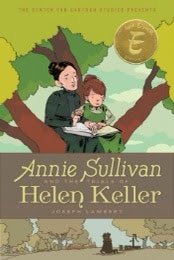
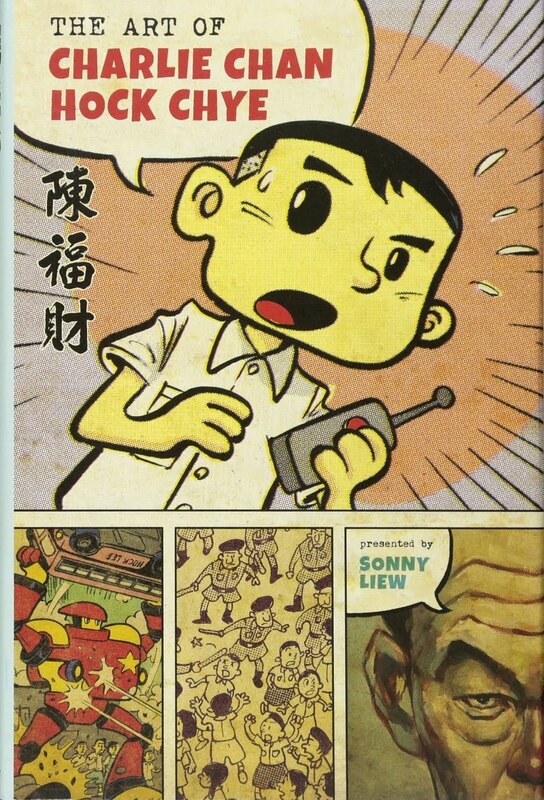
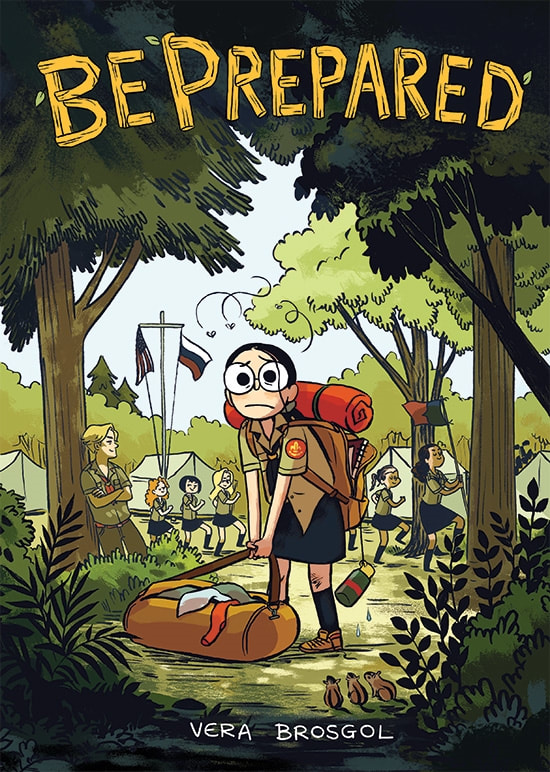
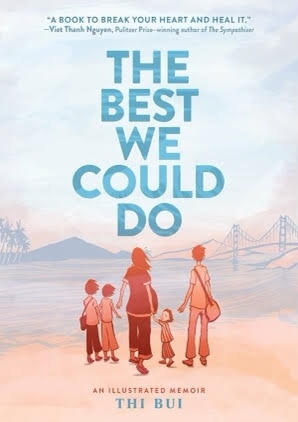
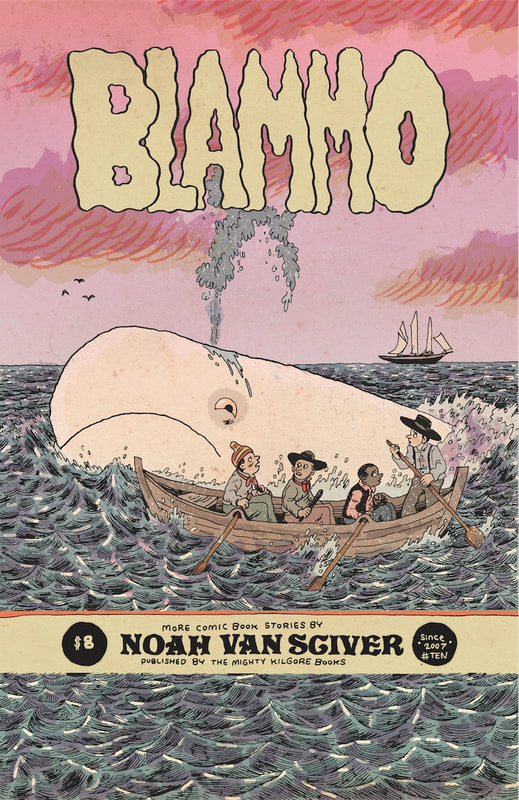
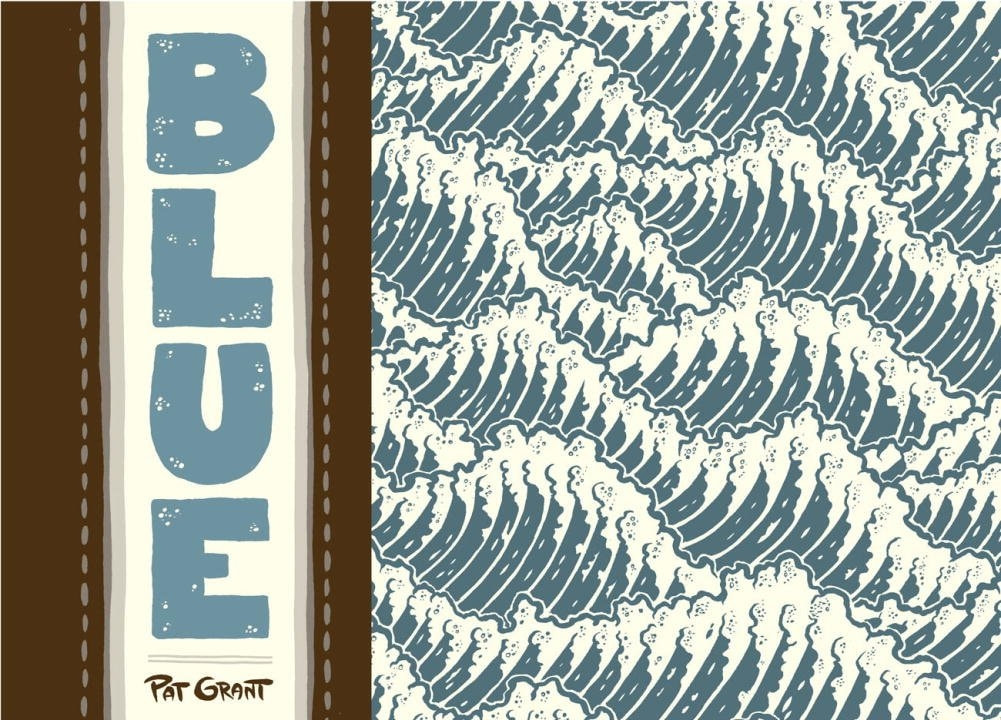
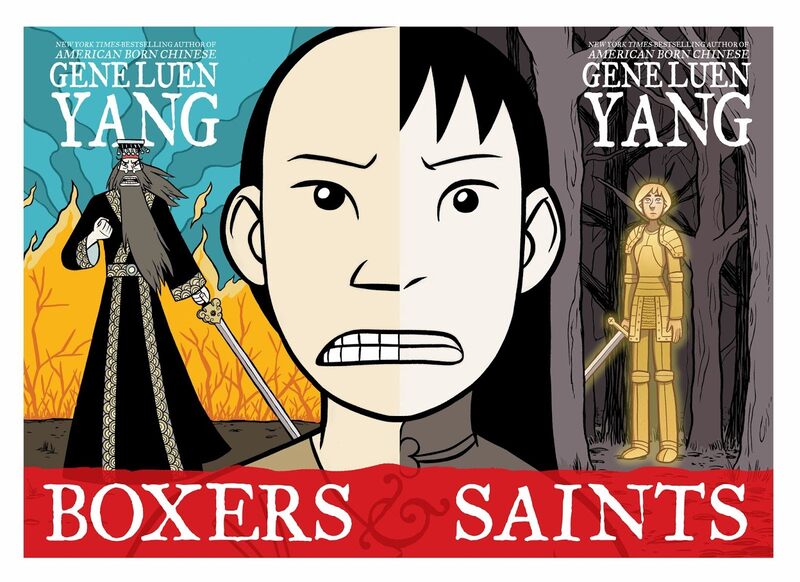
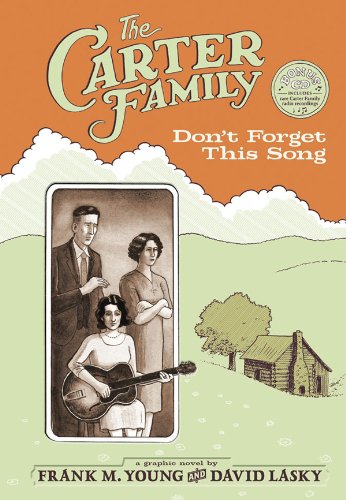
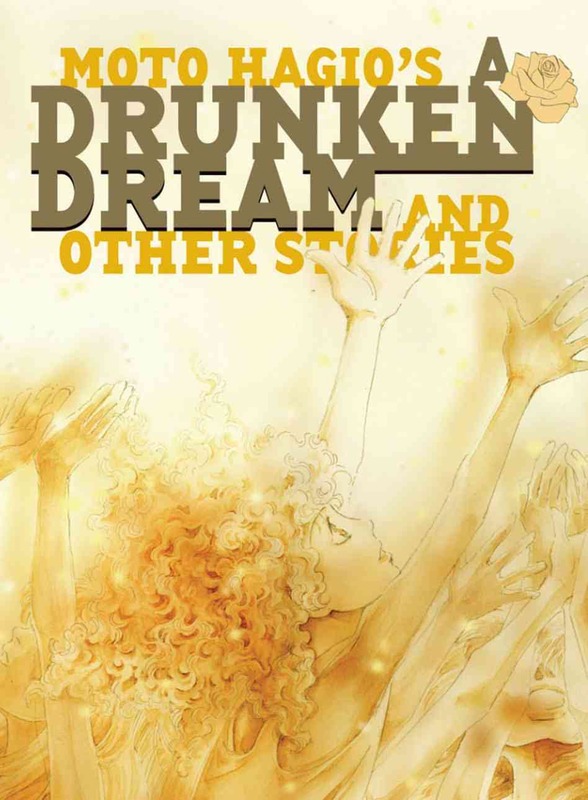
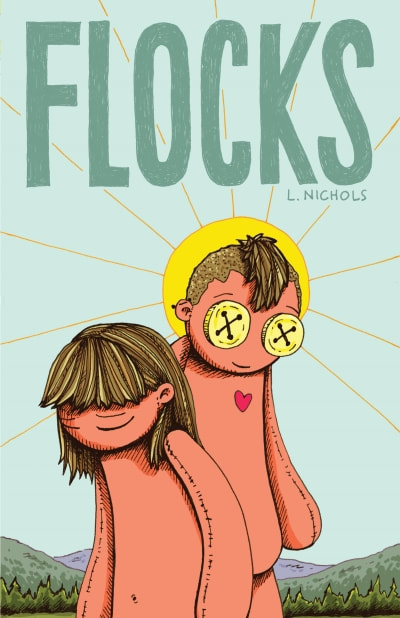
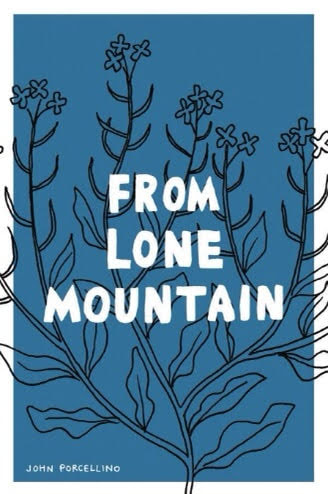
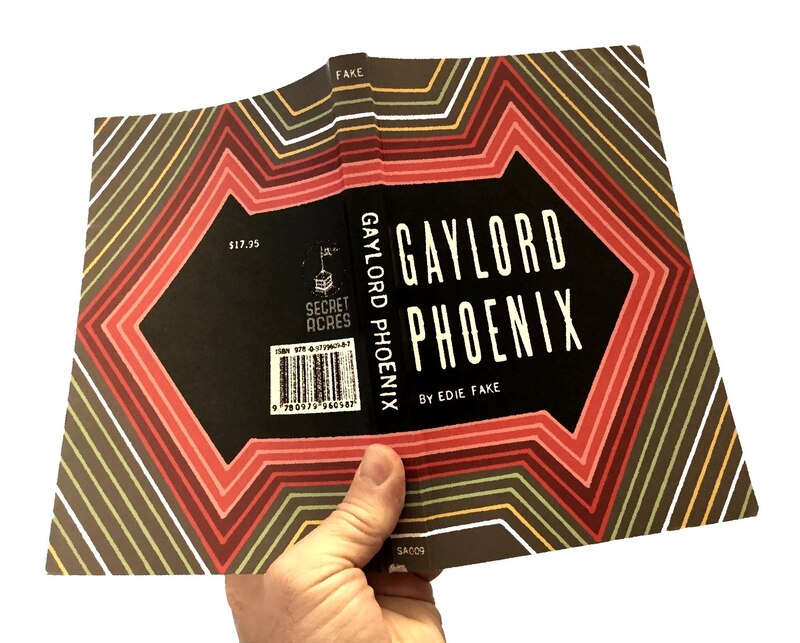
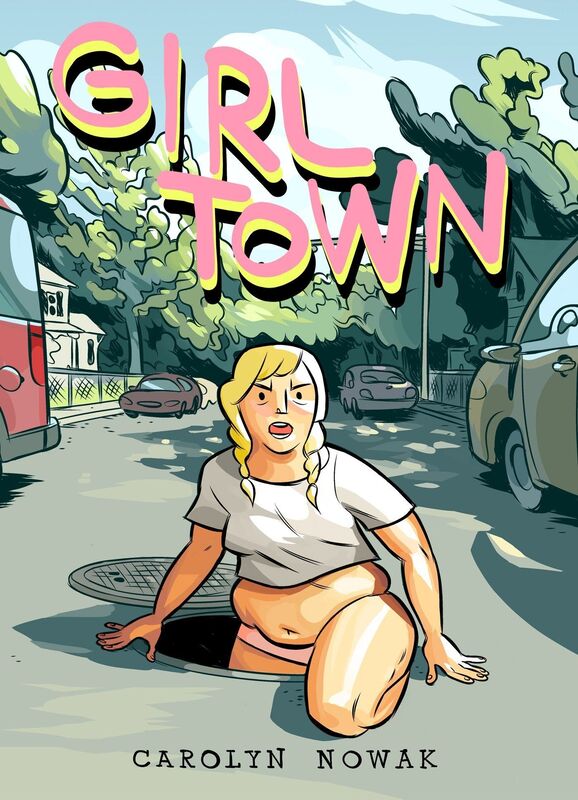
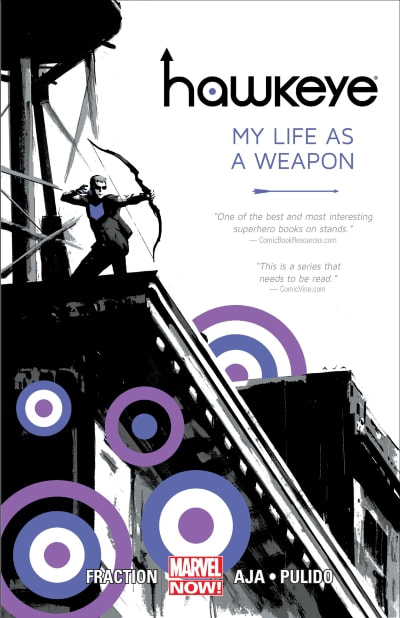
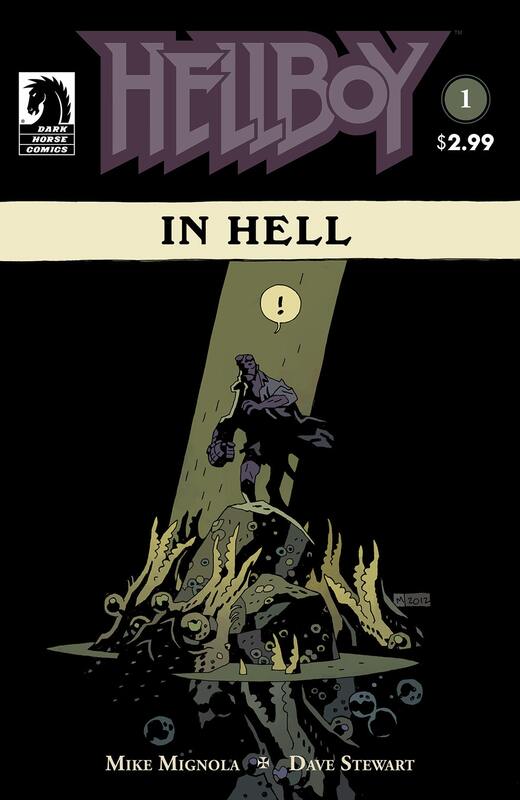
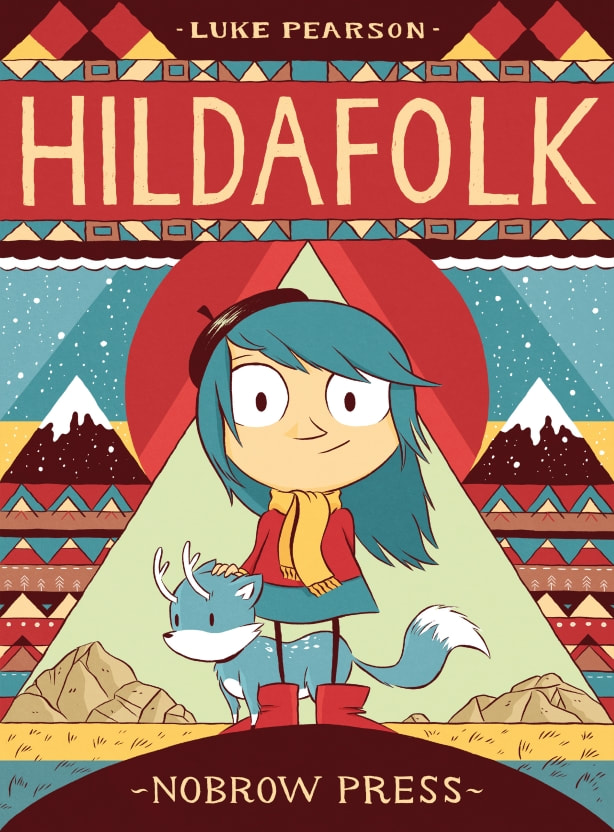
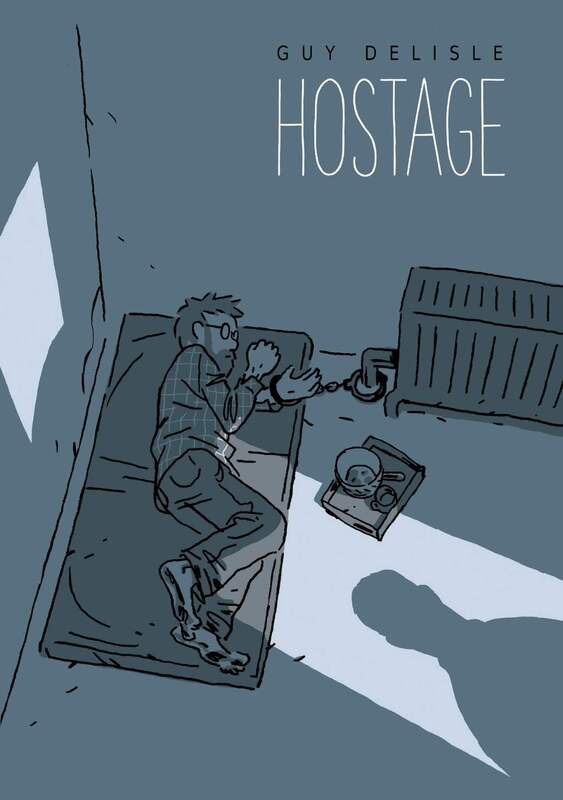
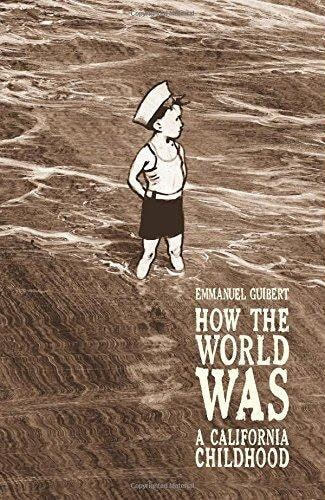
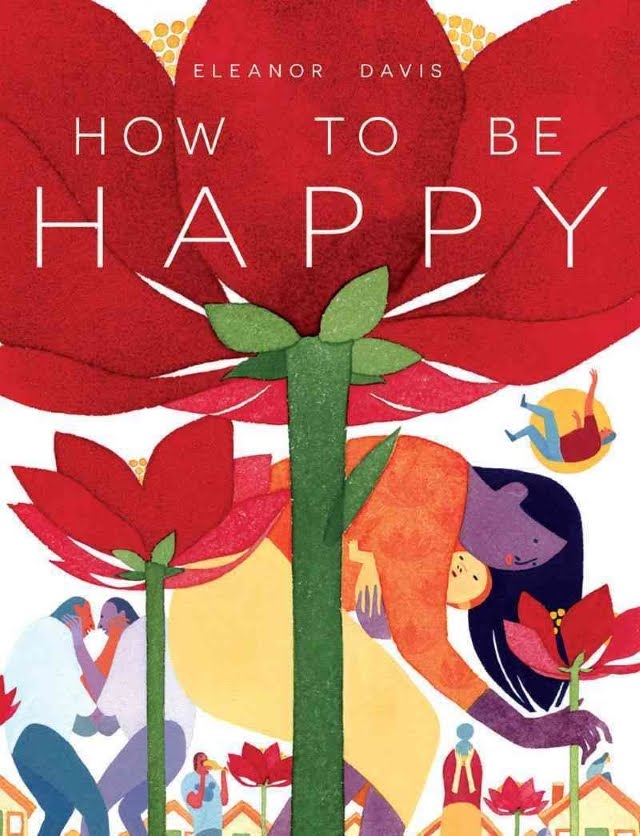
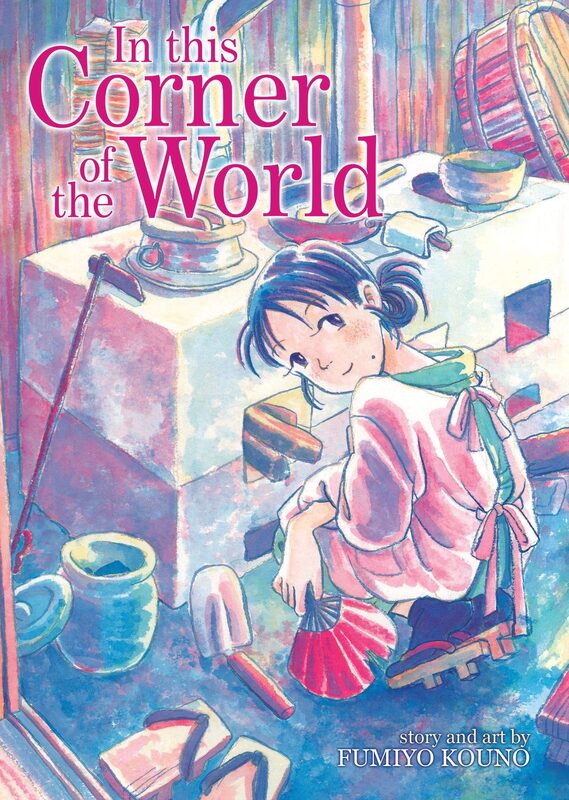
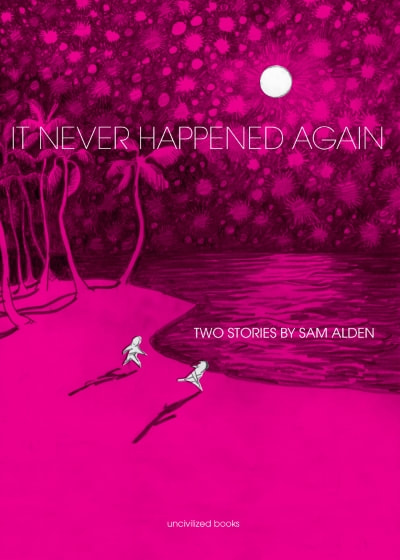
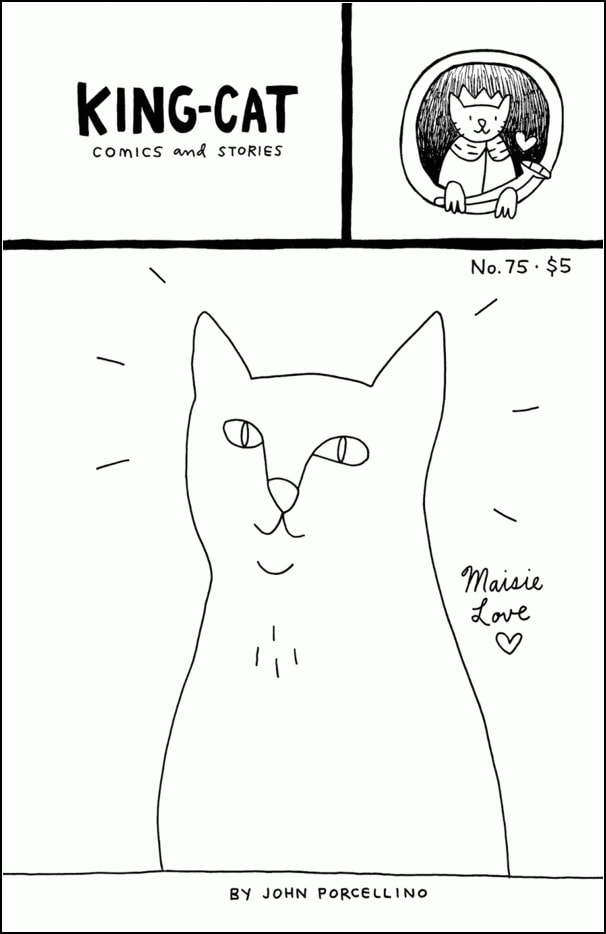
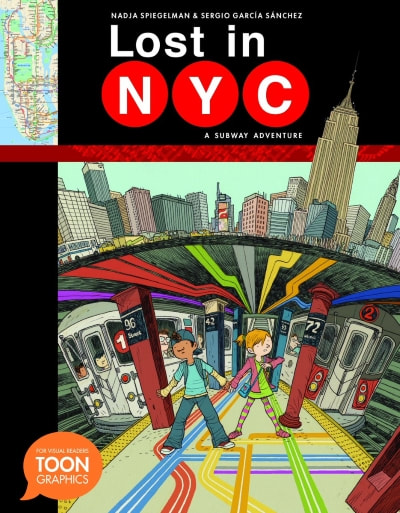
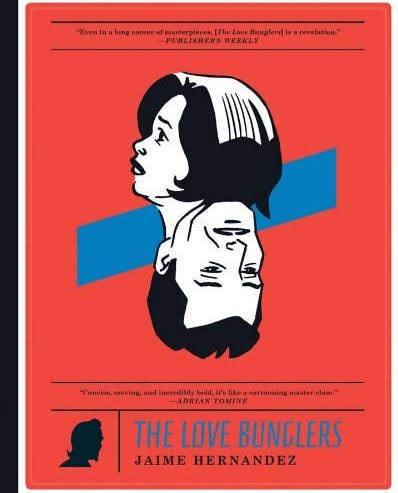
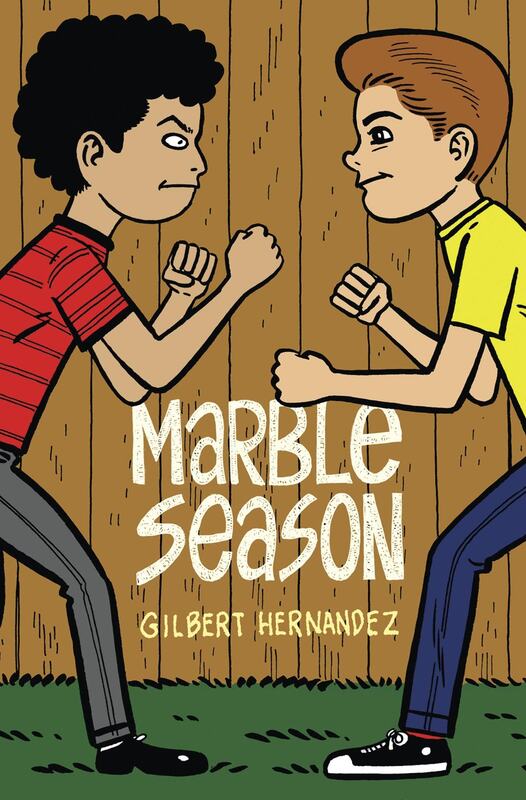
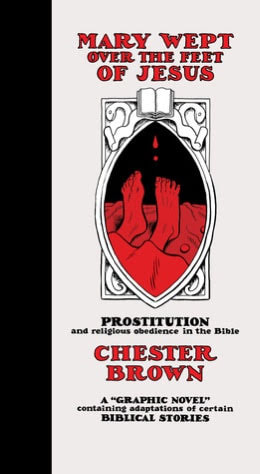
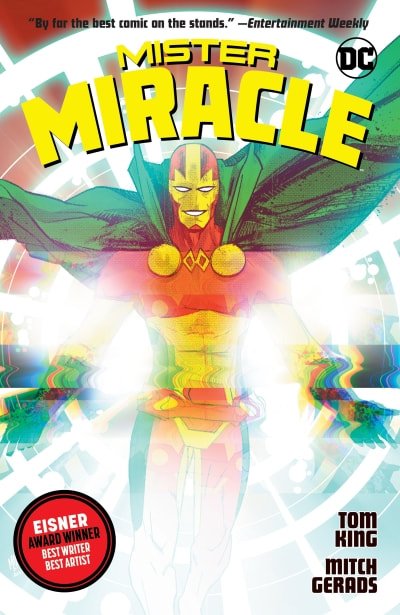
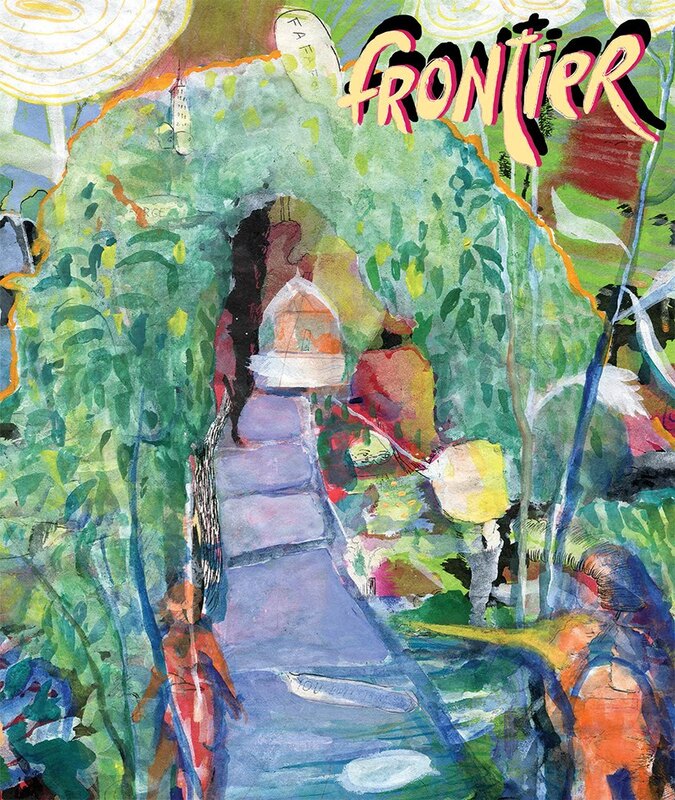
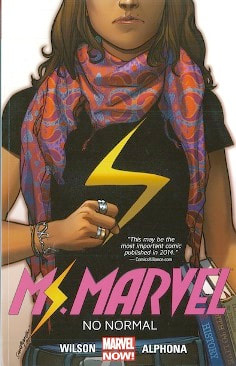
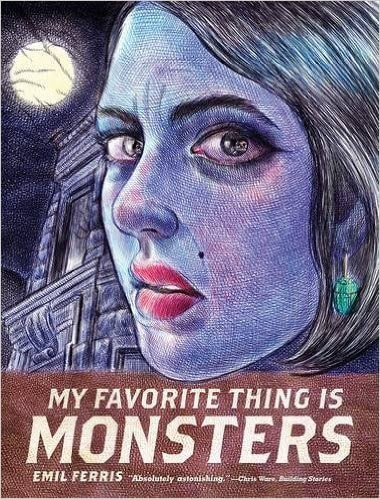
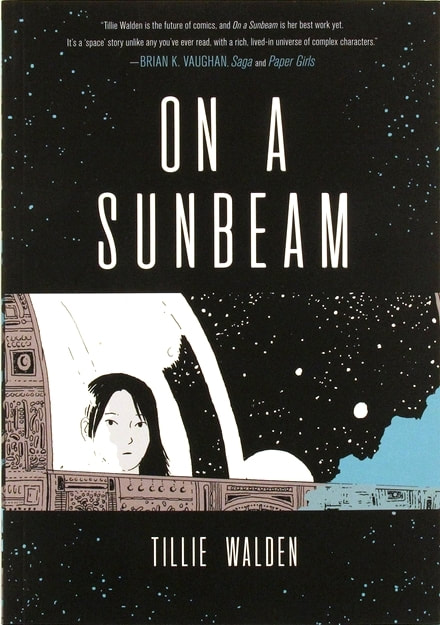
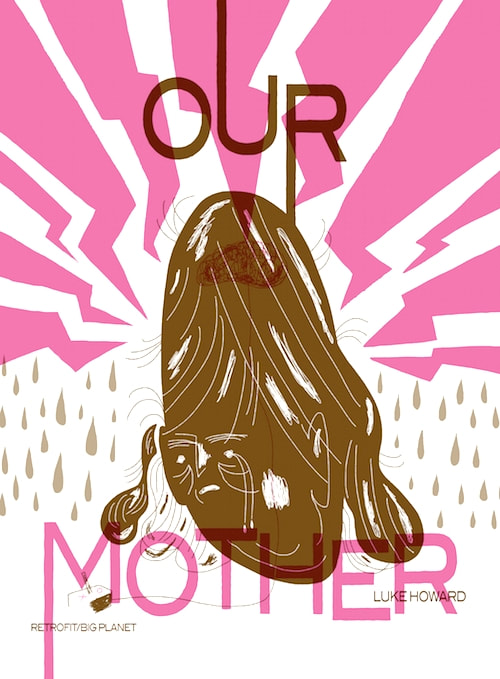
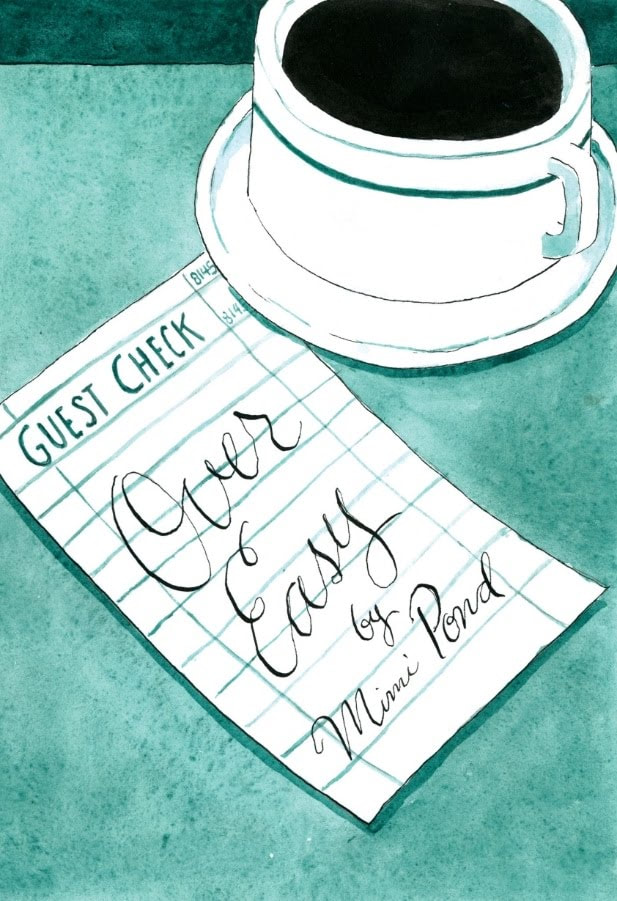
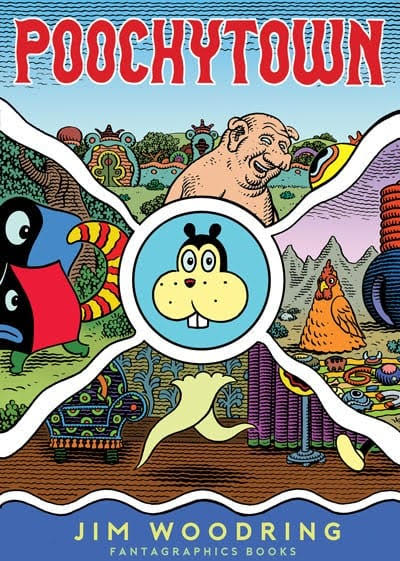
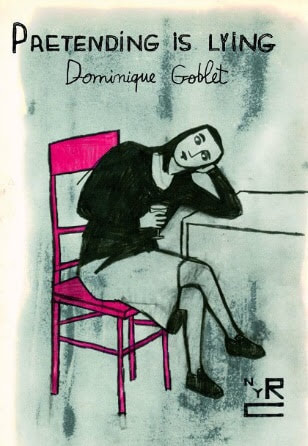
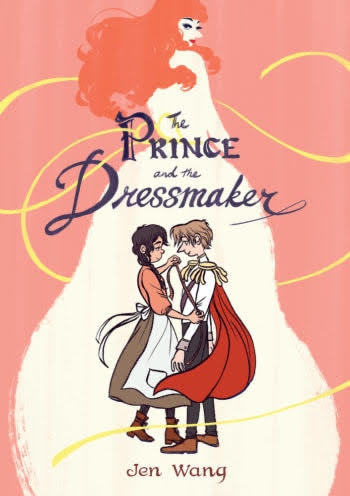
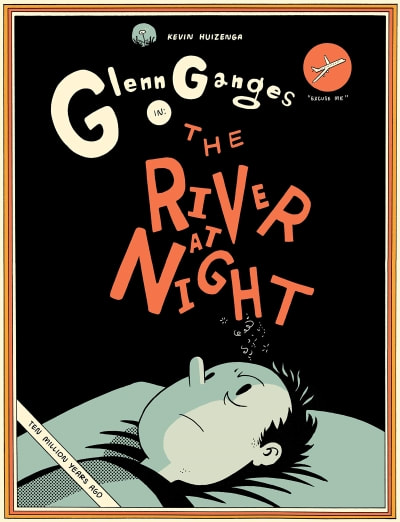
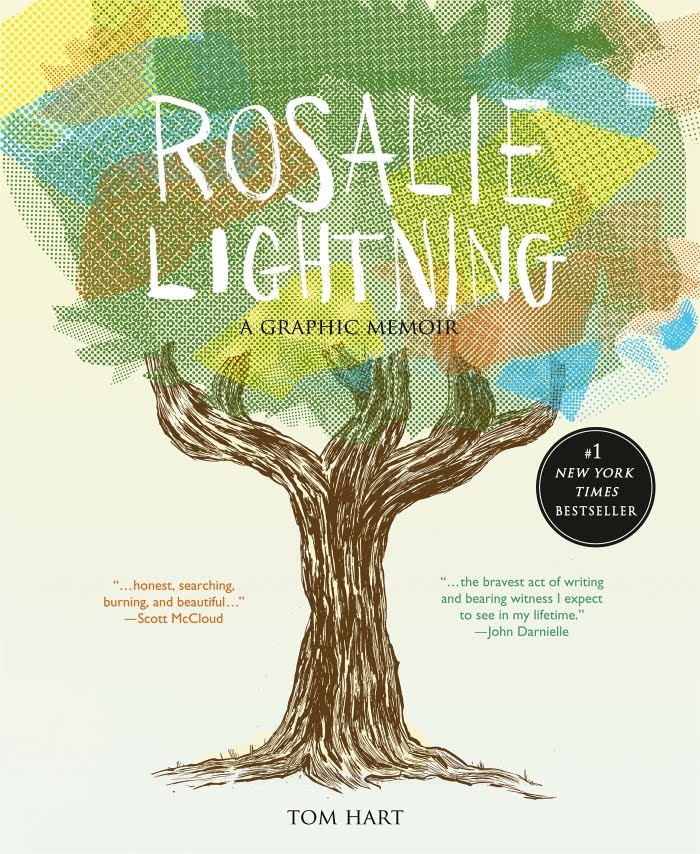
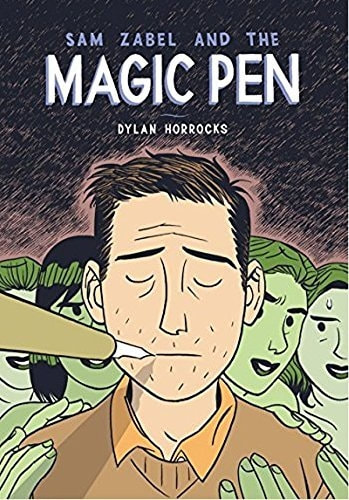
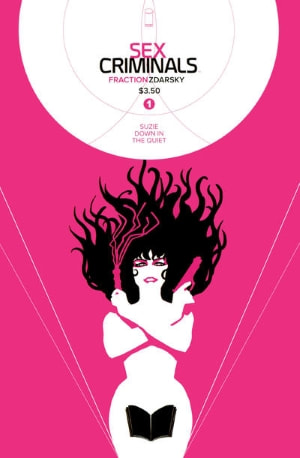
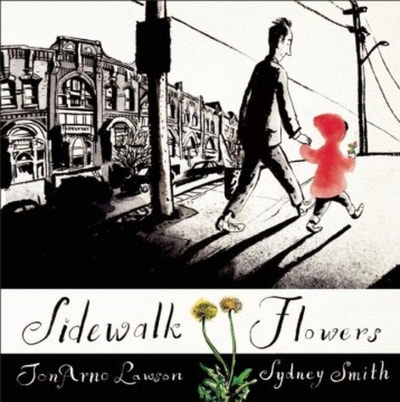
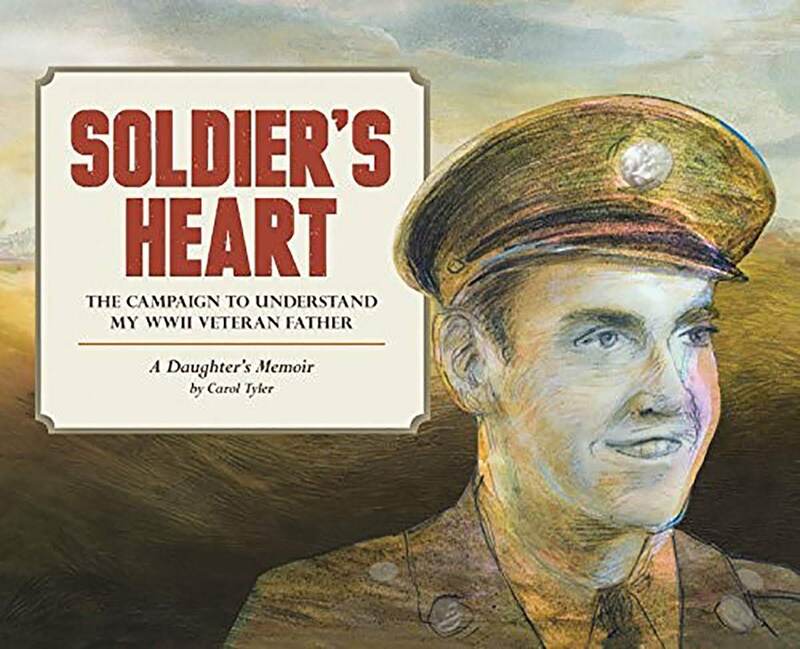
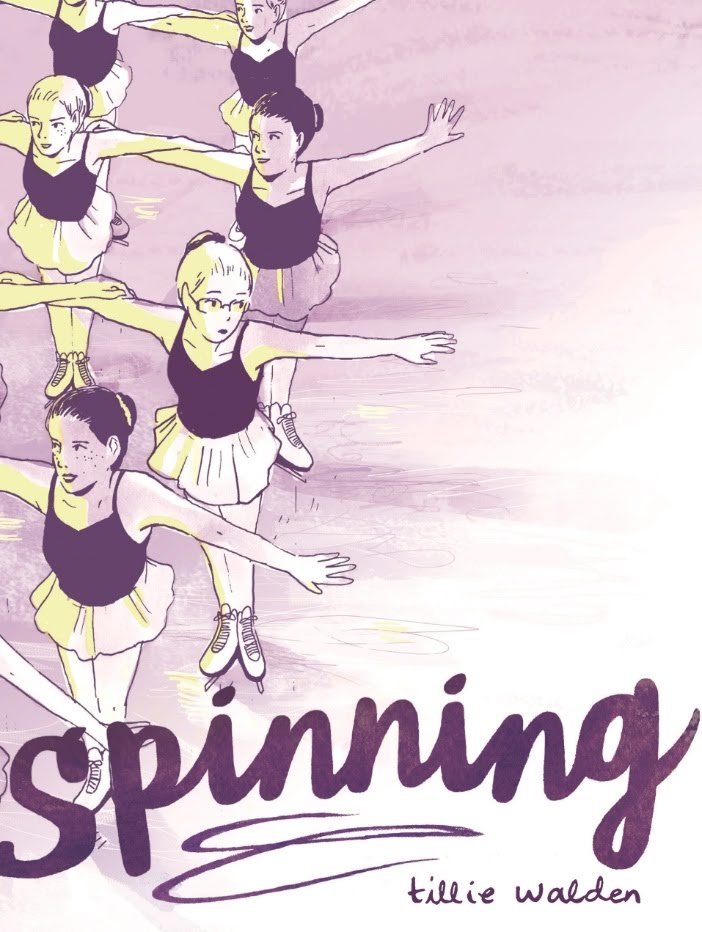
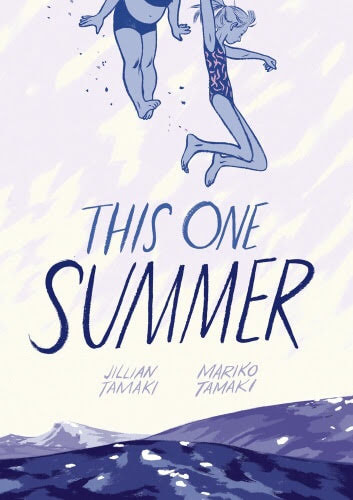
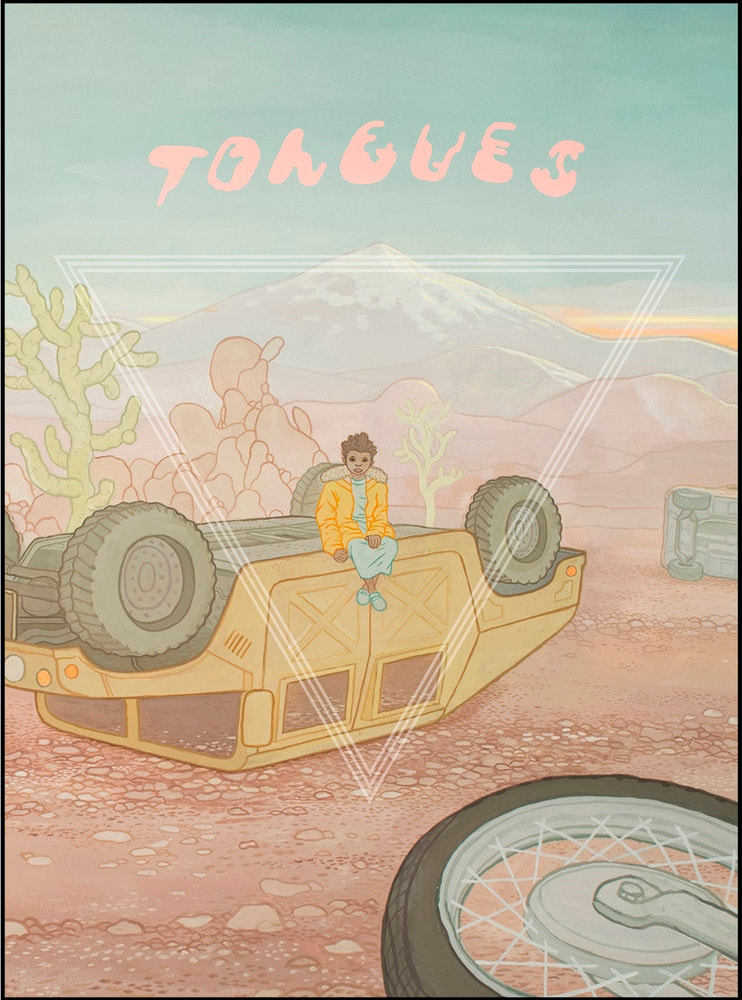
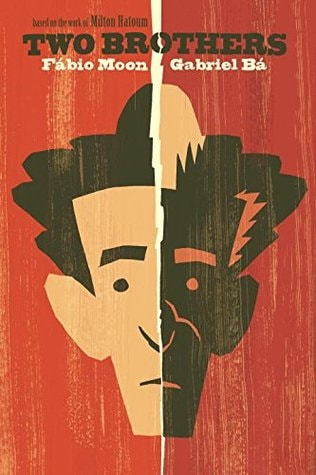
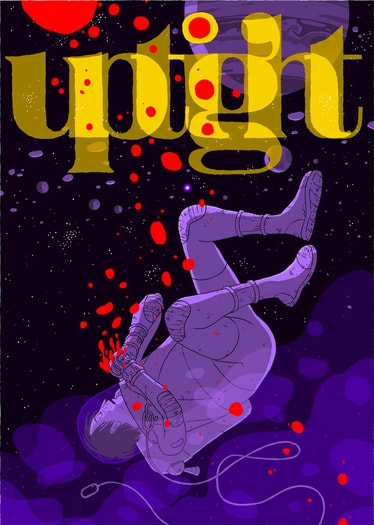
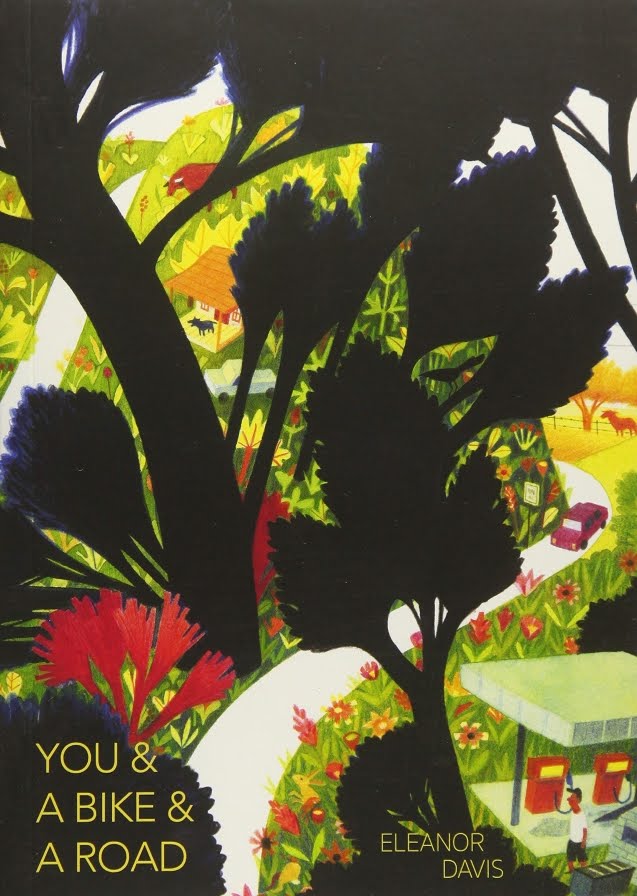
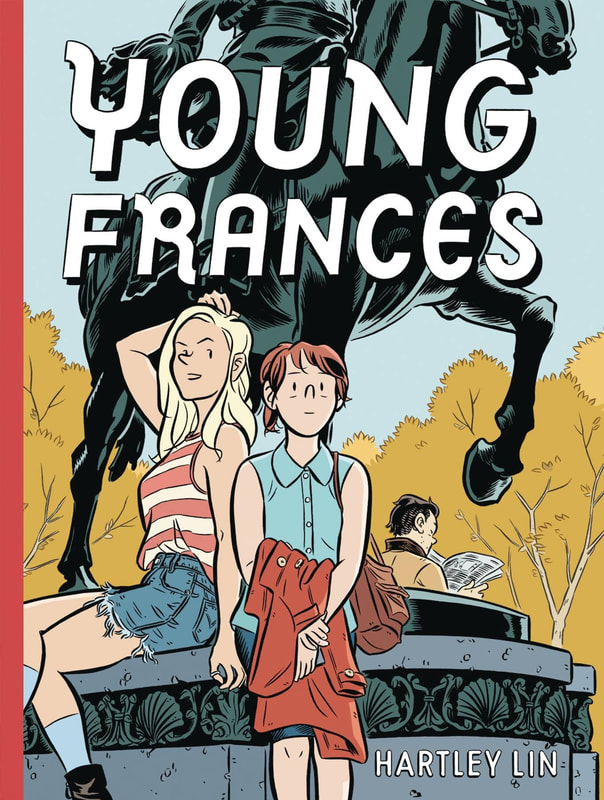
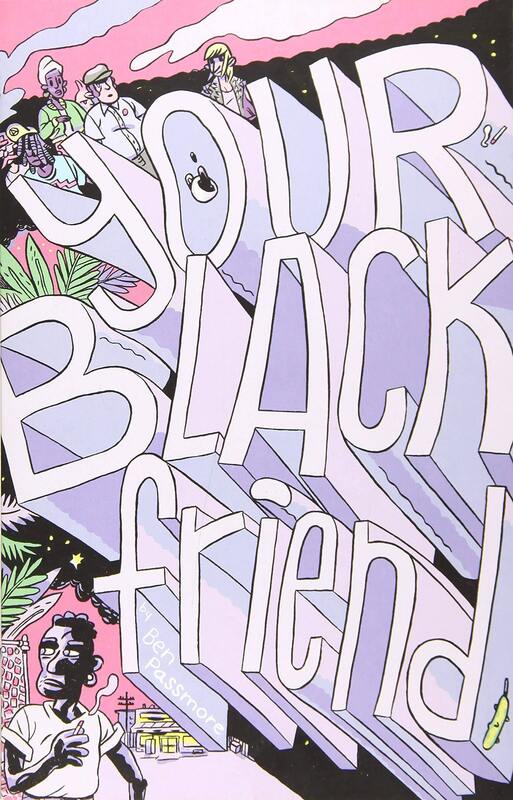
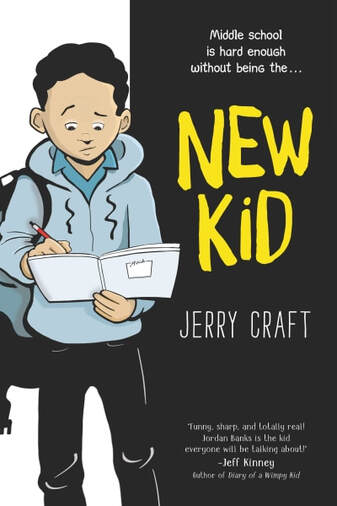
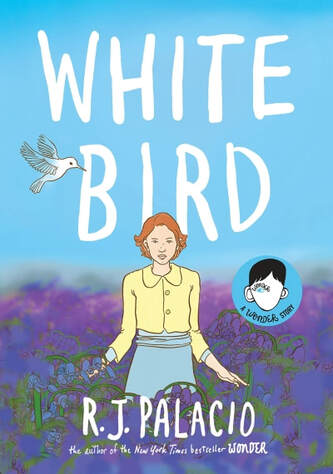
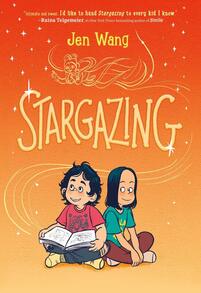
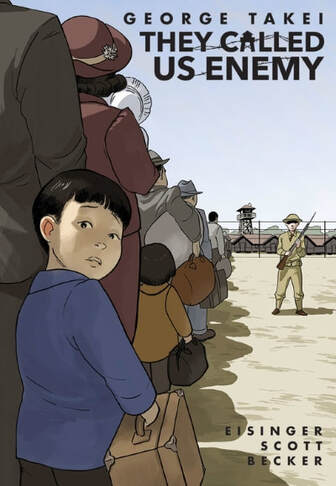
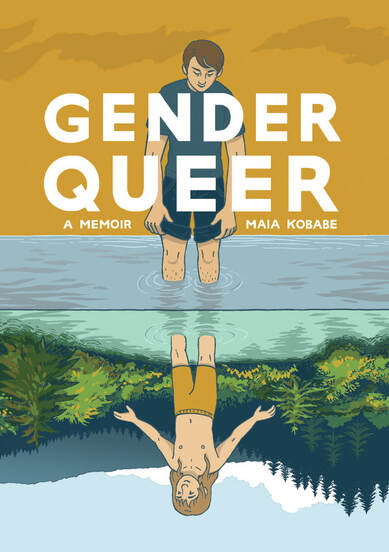
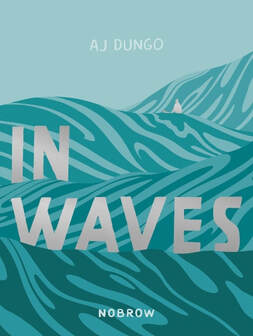
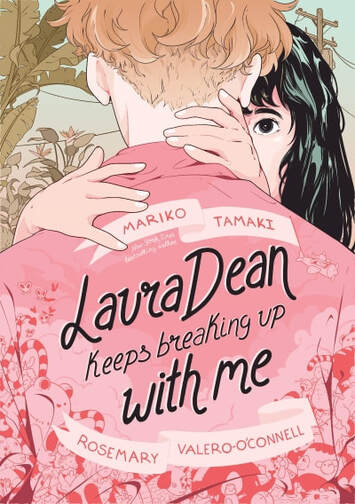
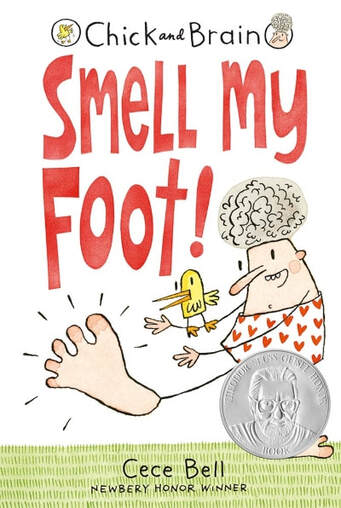
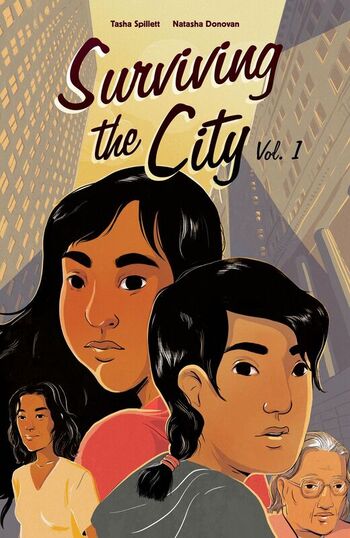
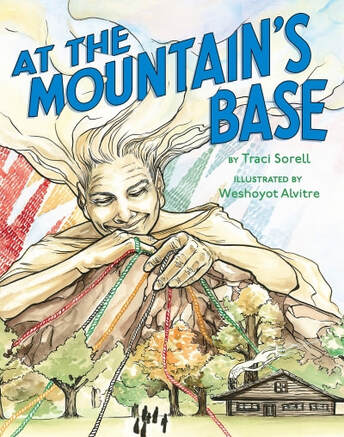
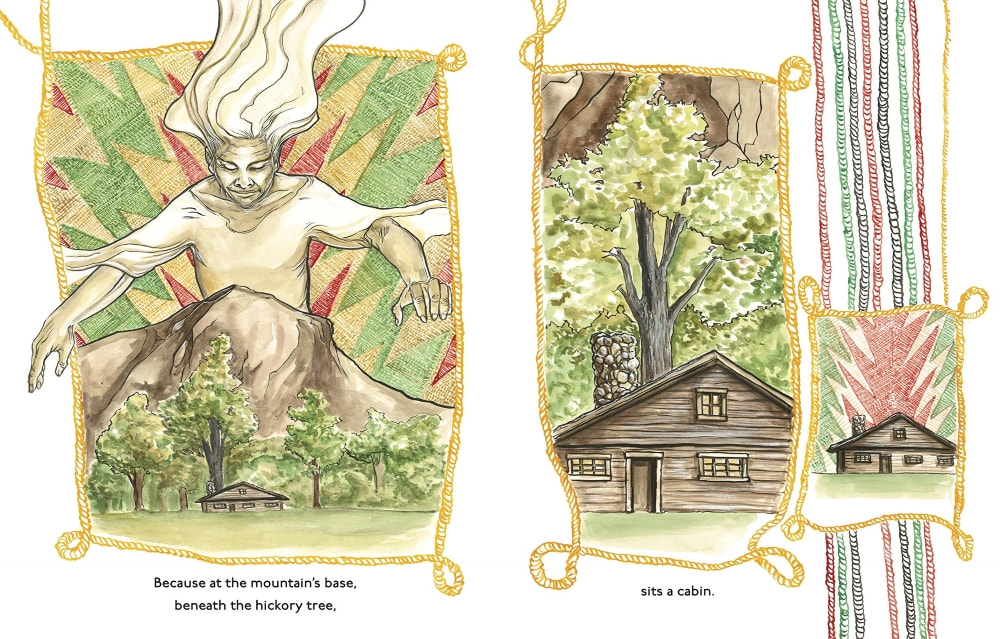
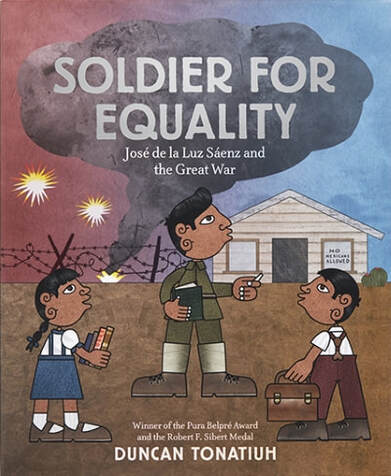
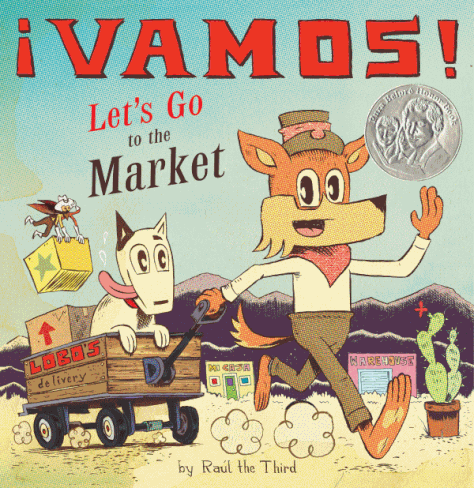
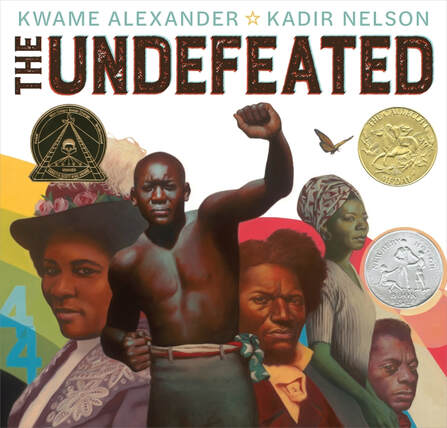
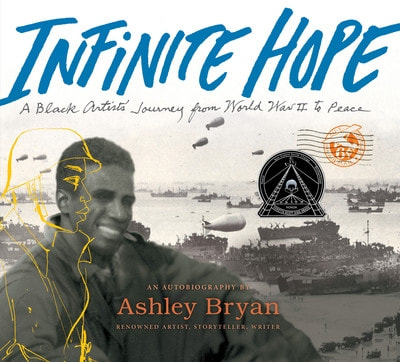
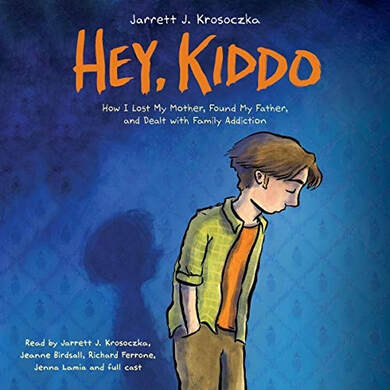

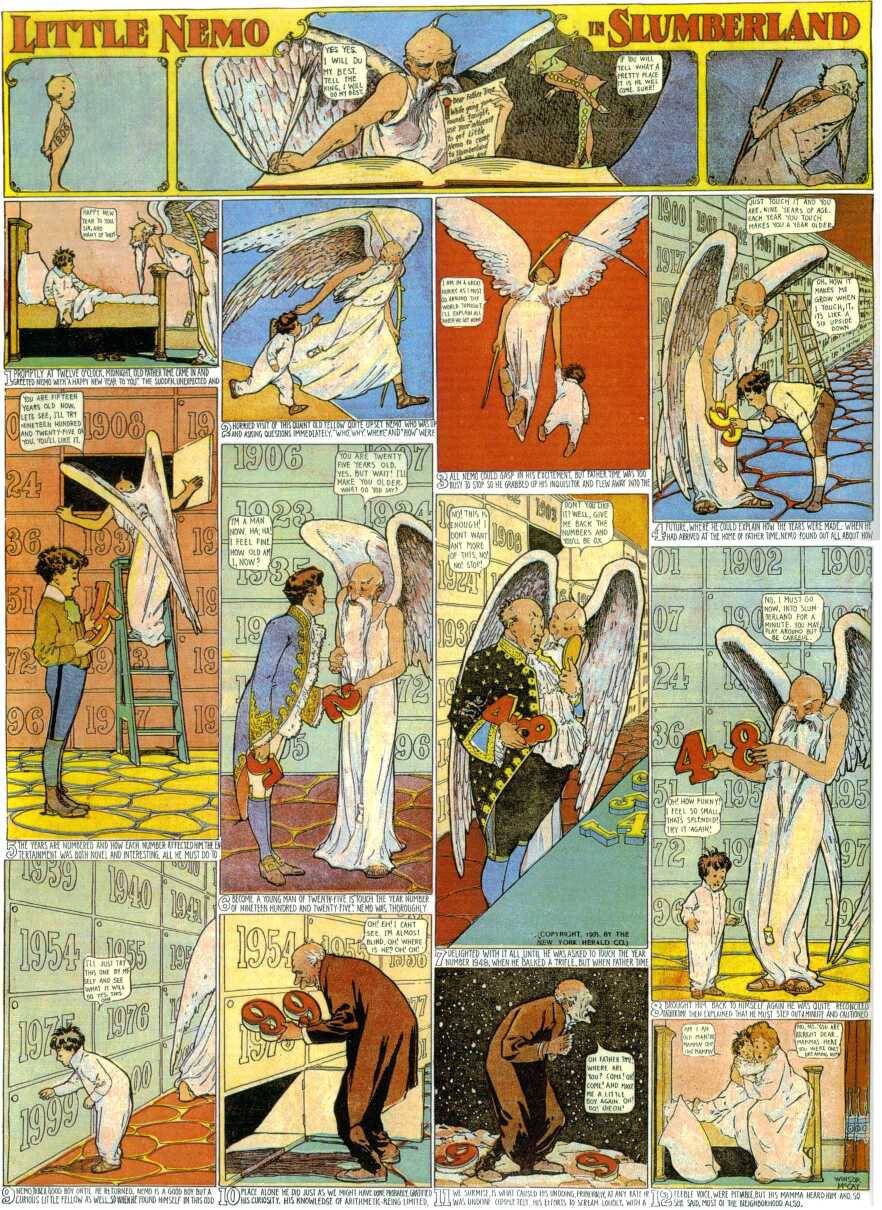
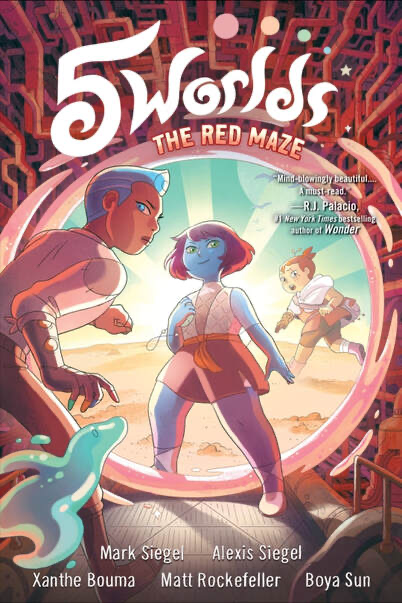
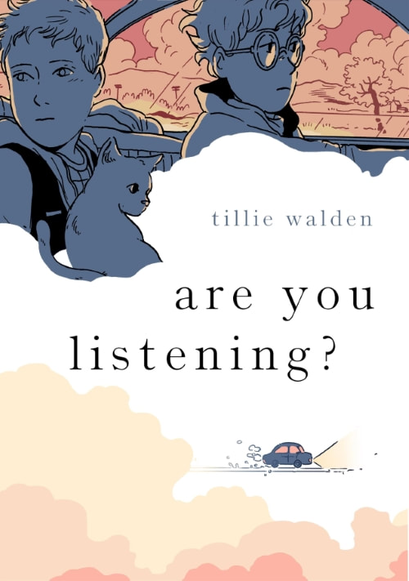
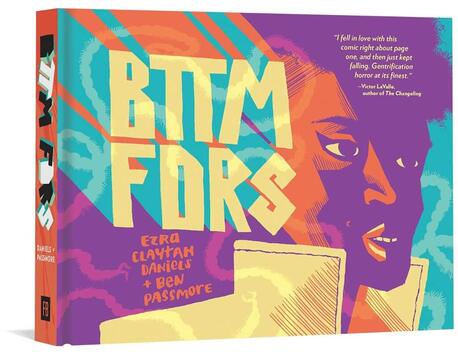
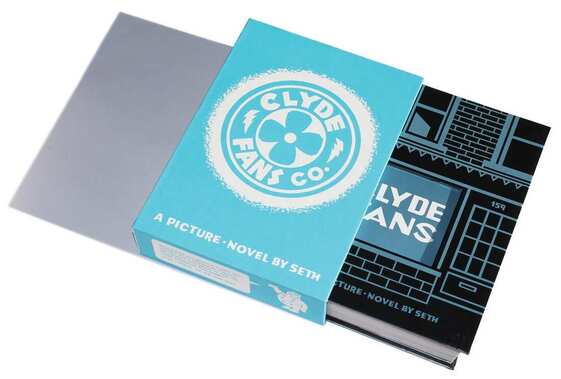
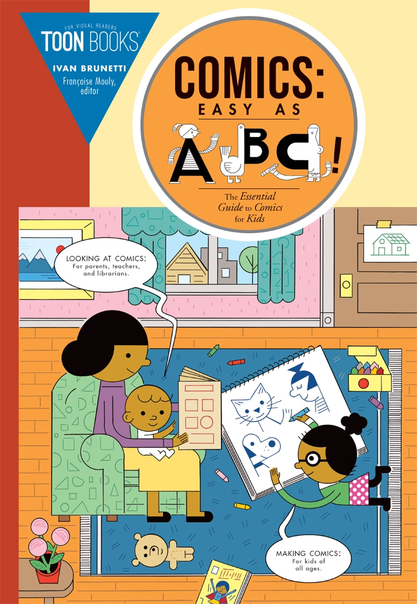
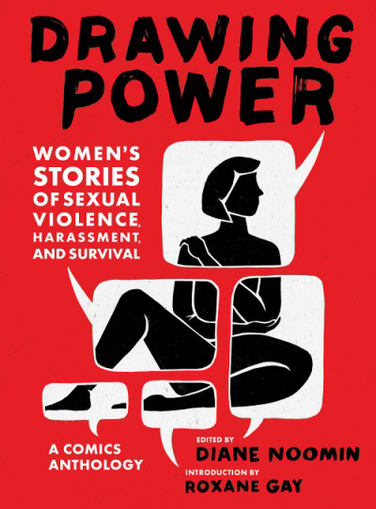
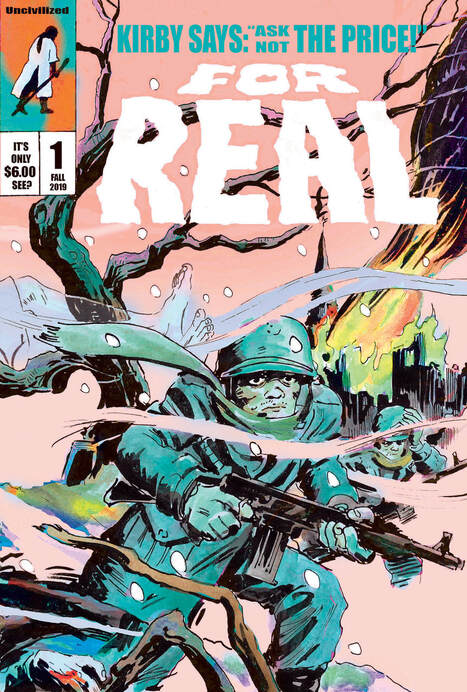
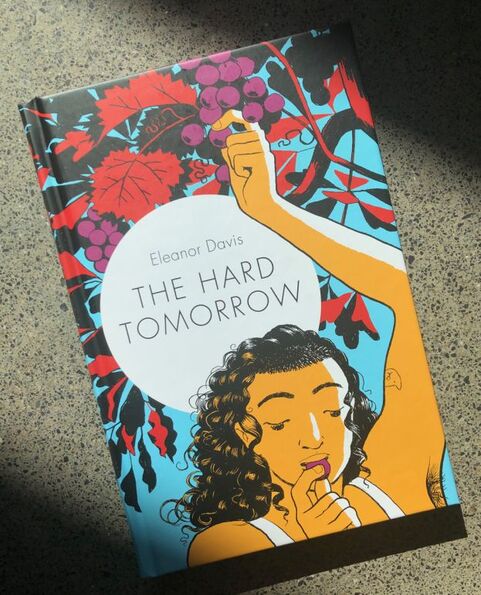
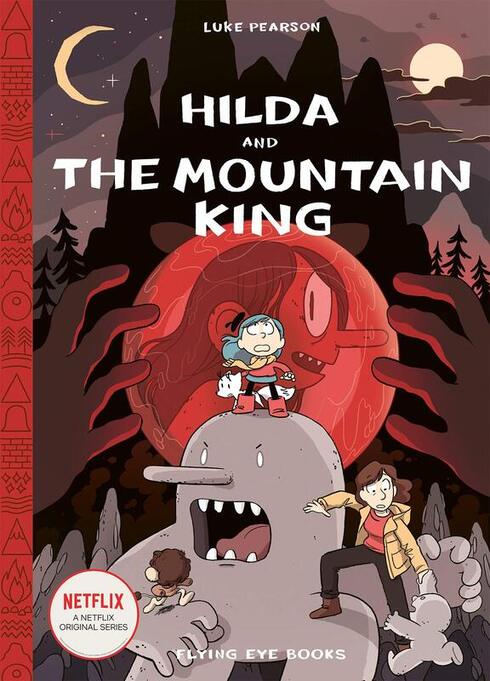
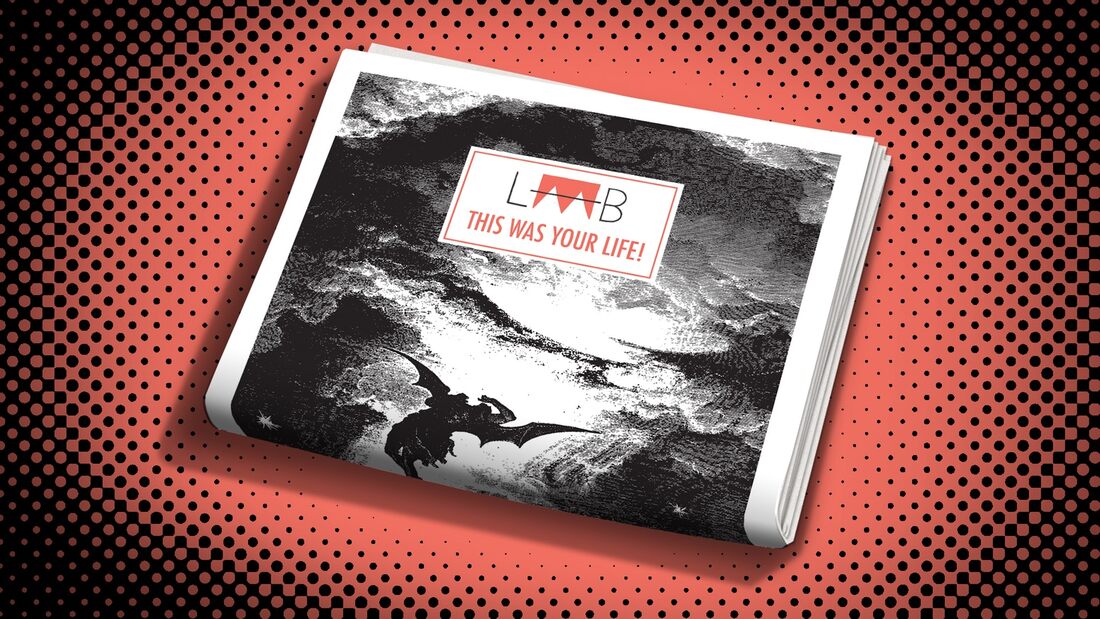
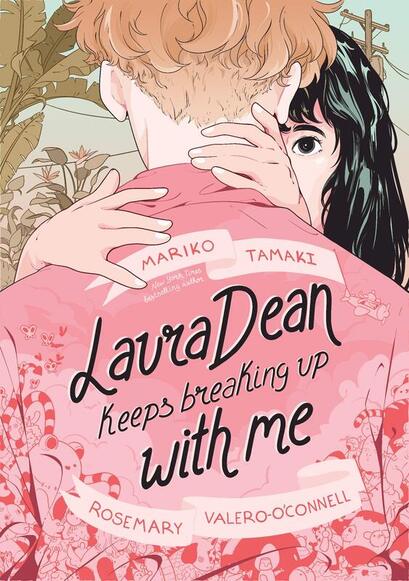
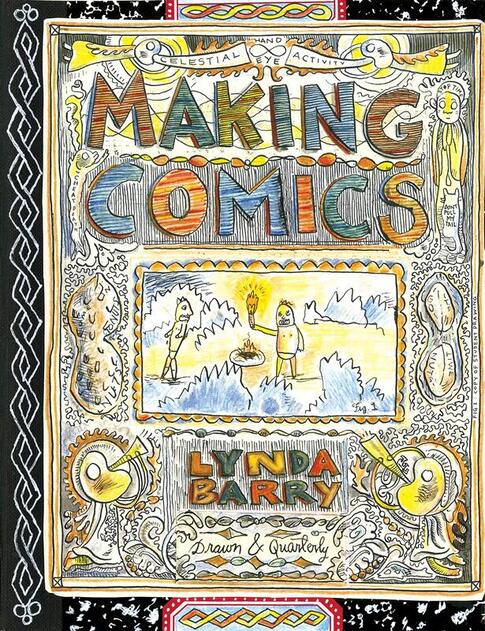
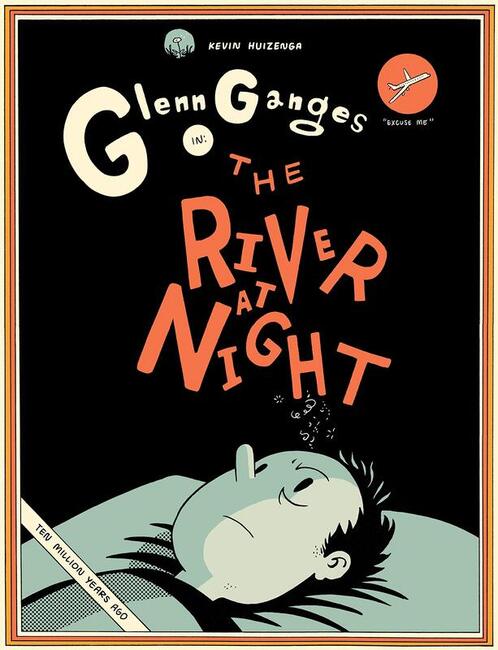
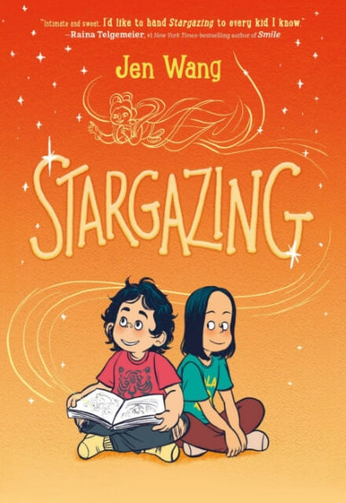
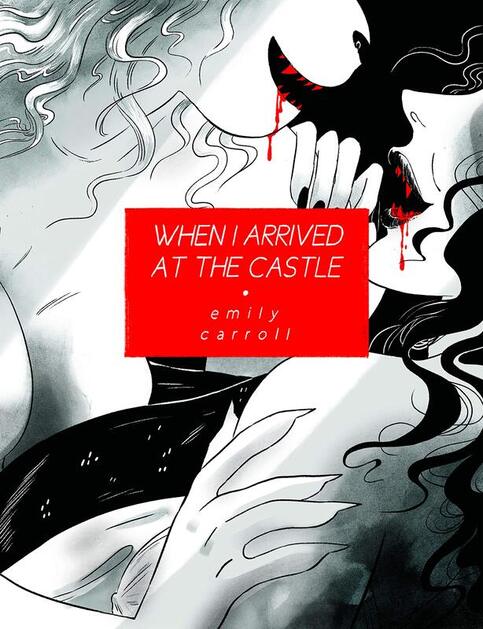
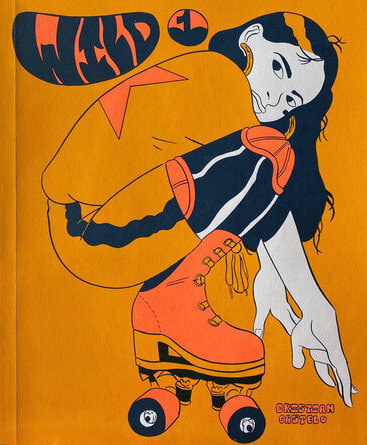
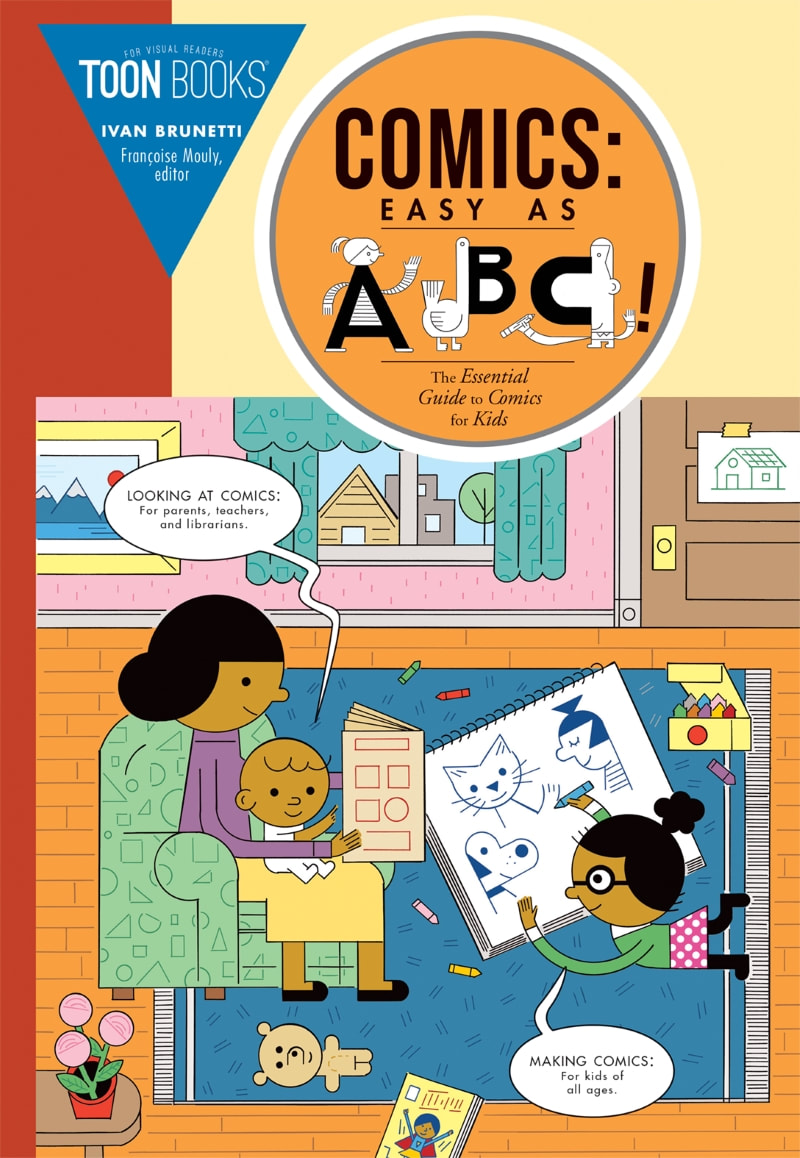
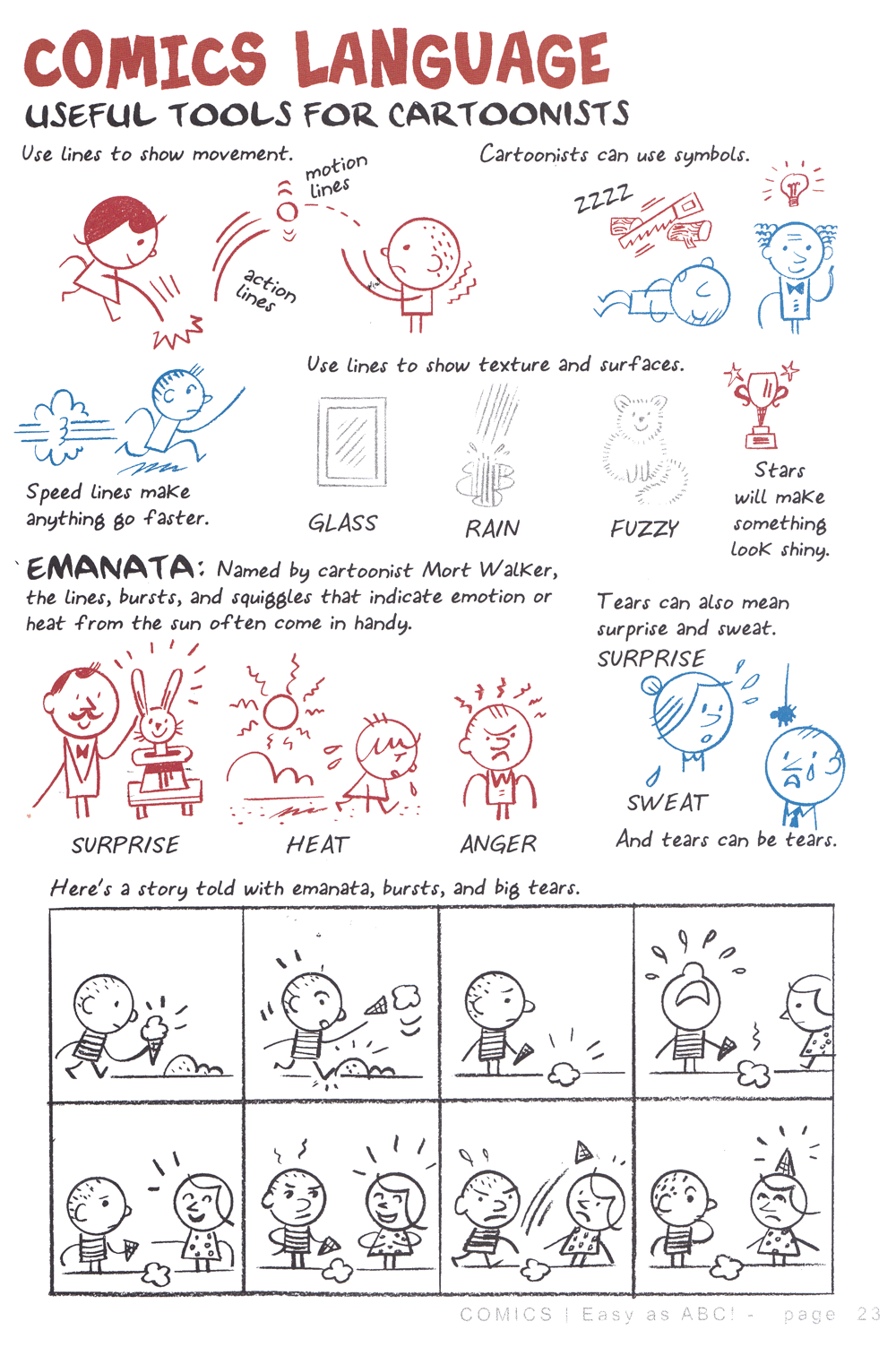
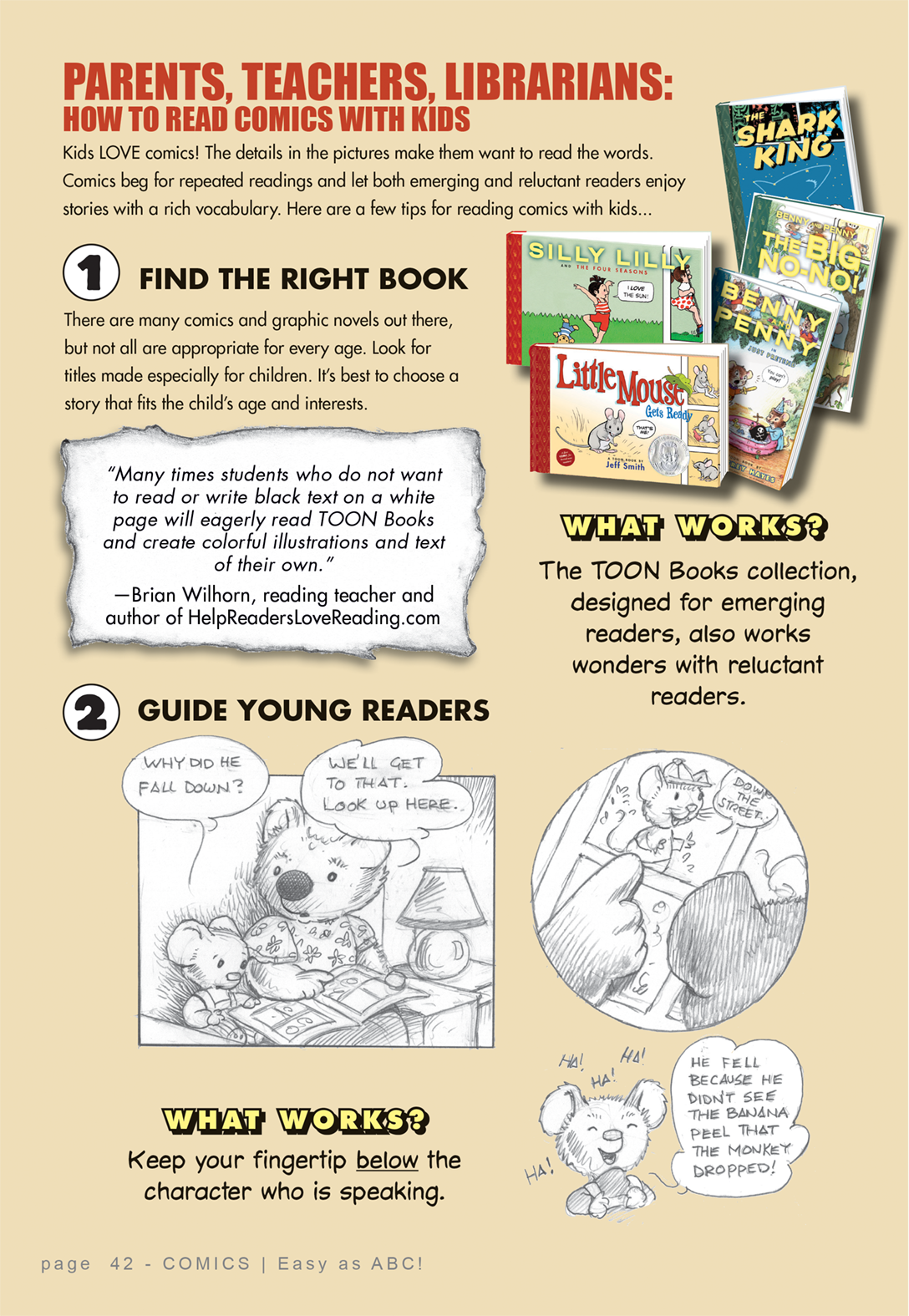
 RSS Feed
RSS Feed
